Attending the ceremony were Mr. Thuan Huu, former member of the Party Central Committee, former Editor-in-Chief of Nhan Dan Newspaper, former Chairman of the Vietnam Journalists Association; Phan Van Hung, Deputy Editor-in-Chief of Nhan Dan Newspaper; Nong Quoc Thanh, Deputy Director of the Department of Cultural Heritage, Ministry of Culture, Sports and Tourism; Le Ngoc Chau, Vice Chairman of Ha Tinh Provincial People's Committee; representatives of leaders of a number of provincial departments, branches and sectors, leaders of Nghi Xuan district, and a large number of people and tourists from all over.
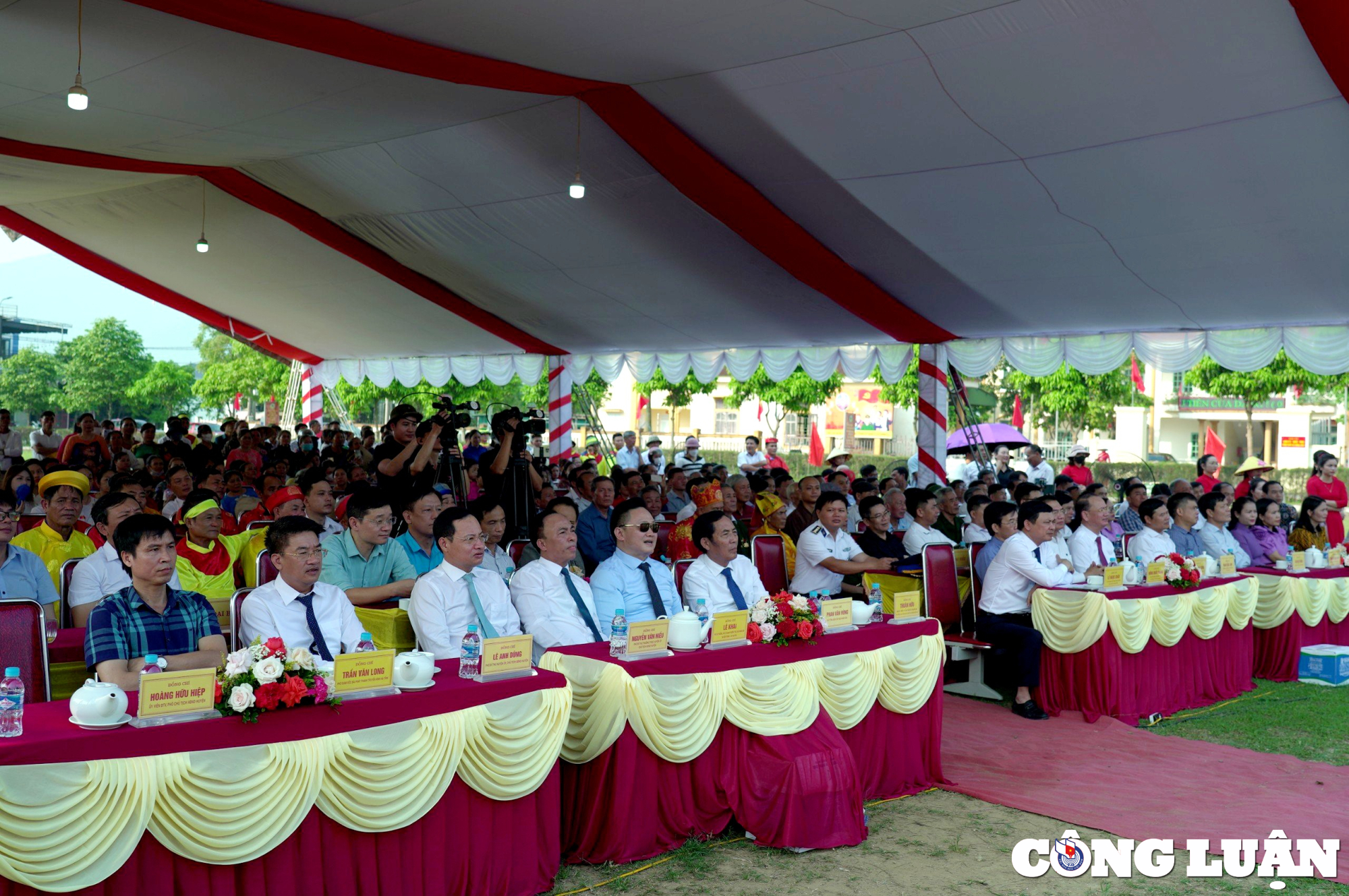
Delegates attending the ceremony
According to research documents, the Cau Ngu Festival in Cam Lam village (Xuan Lien, Nghi Xuan, Ha Tinh) dates back hundreds of years, associated with the local fishermen's custom of worshipping Ca Ong (whale). The royal decrees kept at Dong Hai temple show that under the Nguyen Dynasty, in the 6th year of Thanh Thai (1894) and the 9th year of Khai Dinh (1924), the kings assigned Cam Lam village (now Cam Lam village, Xuan Lien commune) to worship the deity Dong Hai Cu Ngu Linh Ung Chi Than or Dong Hai Linh Ung ton than. This worship is also associated with the Cau Ngu Festival in Cam Lam village.
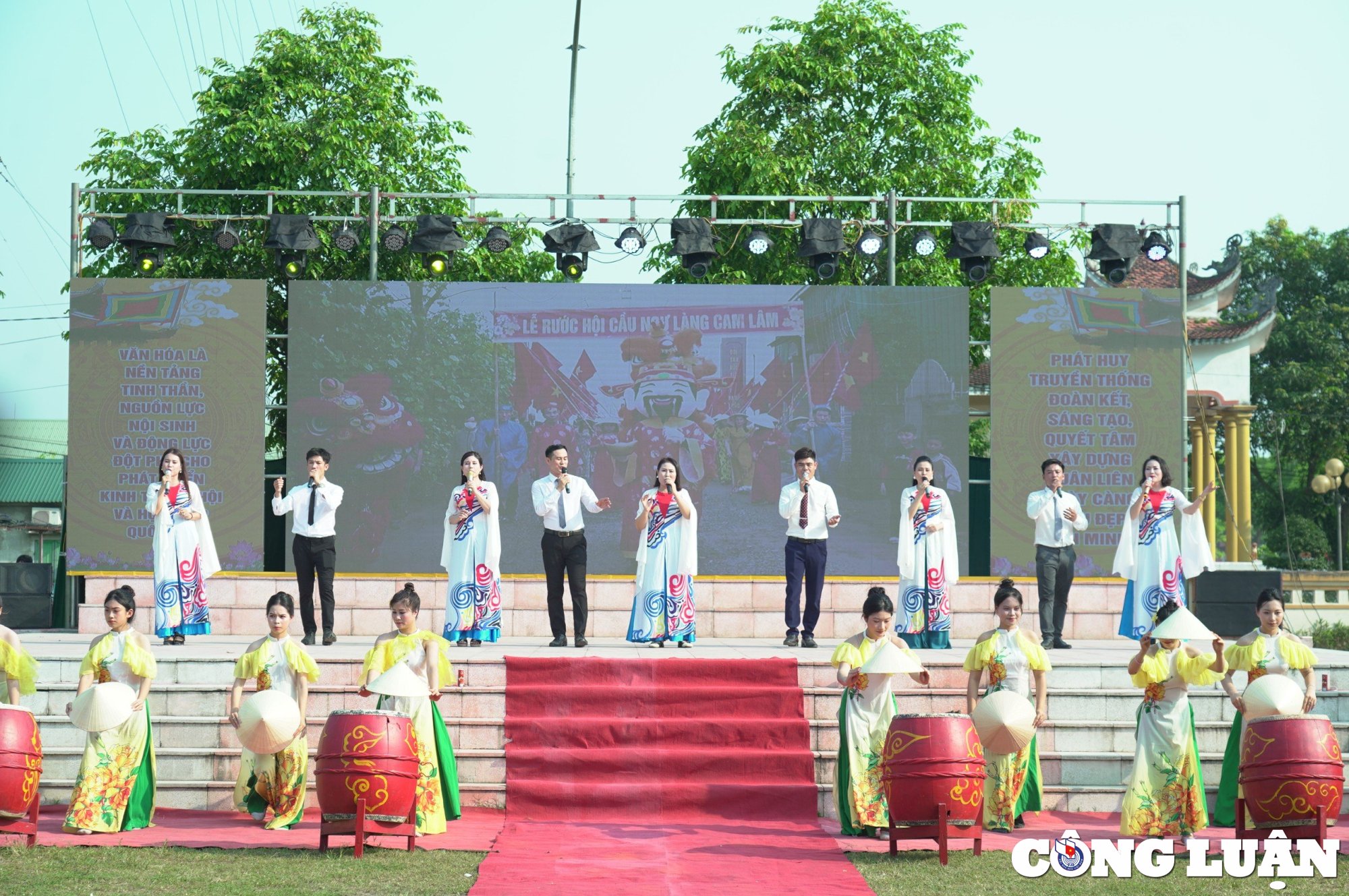
Art performance to welcome at the ceremony to receive the certificate recognizing Cau Ngu Festival of Cam Lam village as a national intangible cultural heritage.
The fishing festival of Cam Lam village takes place every year on the full moon of January. And every 3 years, the people here will organize a fishing festival with many rituals such as: Worshiping the Whale, welcoming the Dong Hai Linh Ung god... along with exciting cultural and folk art activities. This is a traditional spiritual and cultural activity of the people of Cam Lam village in particular and fishermen in neighboring localities in general.
Dong Hai Temple is located in Lam Hai Hoa village, Xuan Lien commune (formerly Cam Lam village). Cam Lam village was founded by three men, Tran Canh, Le Cong Toan and Nguyen Nhu Tien (some books record him as Mr. Nguyen Nhat Tan), who asked for a deserted sandy beach and then gathered people to establish a hamlet. From a barren land, it has now become a bustling fishing area.
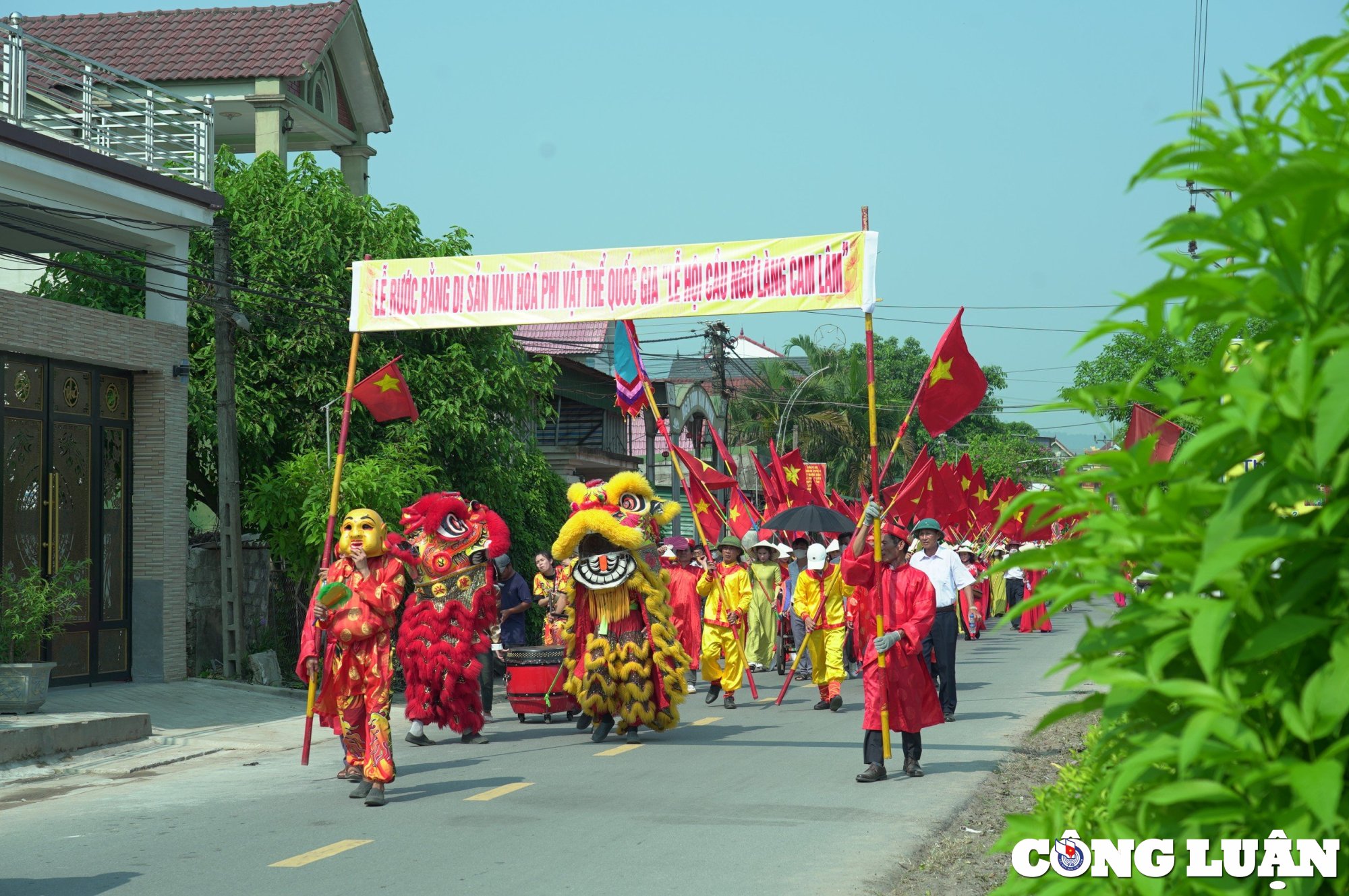
The ceremony of receiving the diploma from Dong Hai Temple to the commune People's Committee headquarters to hold a reception ceremony
The sea fishing profession is associated with the long-standing customs of the coastal countryside. One morning, Cam Lam people saw a whale skeleton drifting ashore on the village sandbank. Because whales are considered divine fish (fish gods), they often help fishermen when they are in trouble. There have been many thrilling stories told. For example, whales help lift boats and push them closer to shore to save people in trouble; when people are drifting at sea, whales lift them and carry them closer to shore, then choose the waves to release the boat, release the person so that the waves can push them onto the sandbank... Those acts of kindness are compared by people to whales as gods, people in this area call them the gods of the East Sea.
When the whale bones washed ashore, the locals held a proper funeral. The fishermen also set up an altar; at first it was a simple altar, but when the life of the coastal people became more prosperous, they built a very solemn temple. This temple was later granted the title of the god of the East Sea by a king: "The current ruler of the sea route, the fisherman, the spirit of the year ...
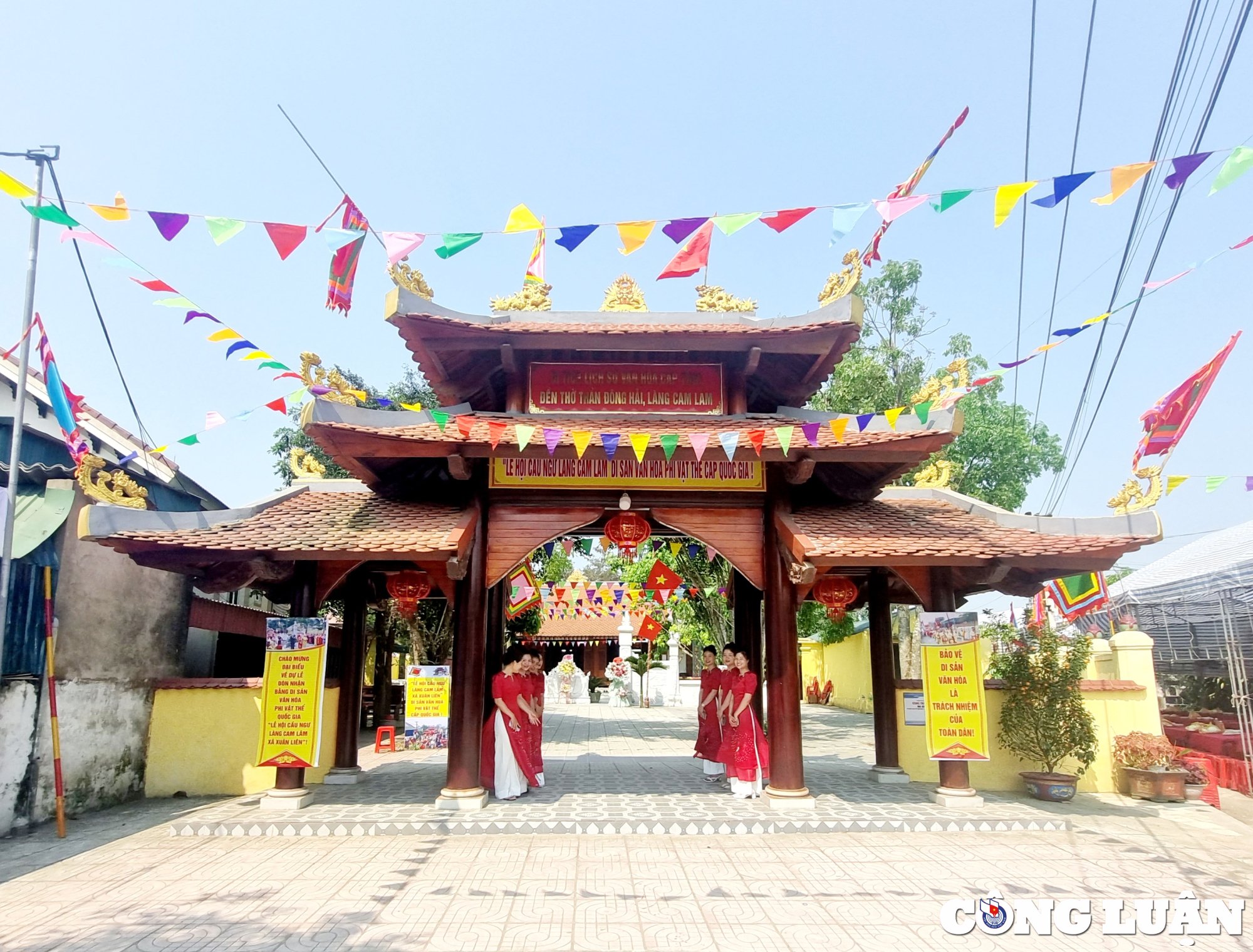
Dong Hai Temple in Lam Hai Hoa village, Xuan Lien commune
In the middle of the temple is a whale tomb covered with black marble (there are 17 whale tombs buried behind the two outer walls of the main hall). Inside is a built altar, on which are placed a set of 3 wooden thrones with gilded lacquer tablets, an incense bowl and other common worship items. Dong Hai Temple, Xuan Lien Commune has 4 royal decrees, and in 2017 was ranked as a provincial-level Historical - Cultural Relic.
The custom of worshipping Whale in Cam Lam village - Xuan Lien commune occupies a particularly important position in the spiritual life of the people here. A custom deeply rooted in cultural life to express the gratitude of fishermen to Whale, at the same time is an opportunity for them to pray and send their hopes for a smooth, favorable and peaceful year at sea with boat holds filled with heavenly blessings.
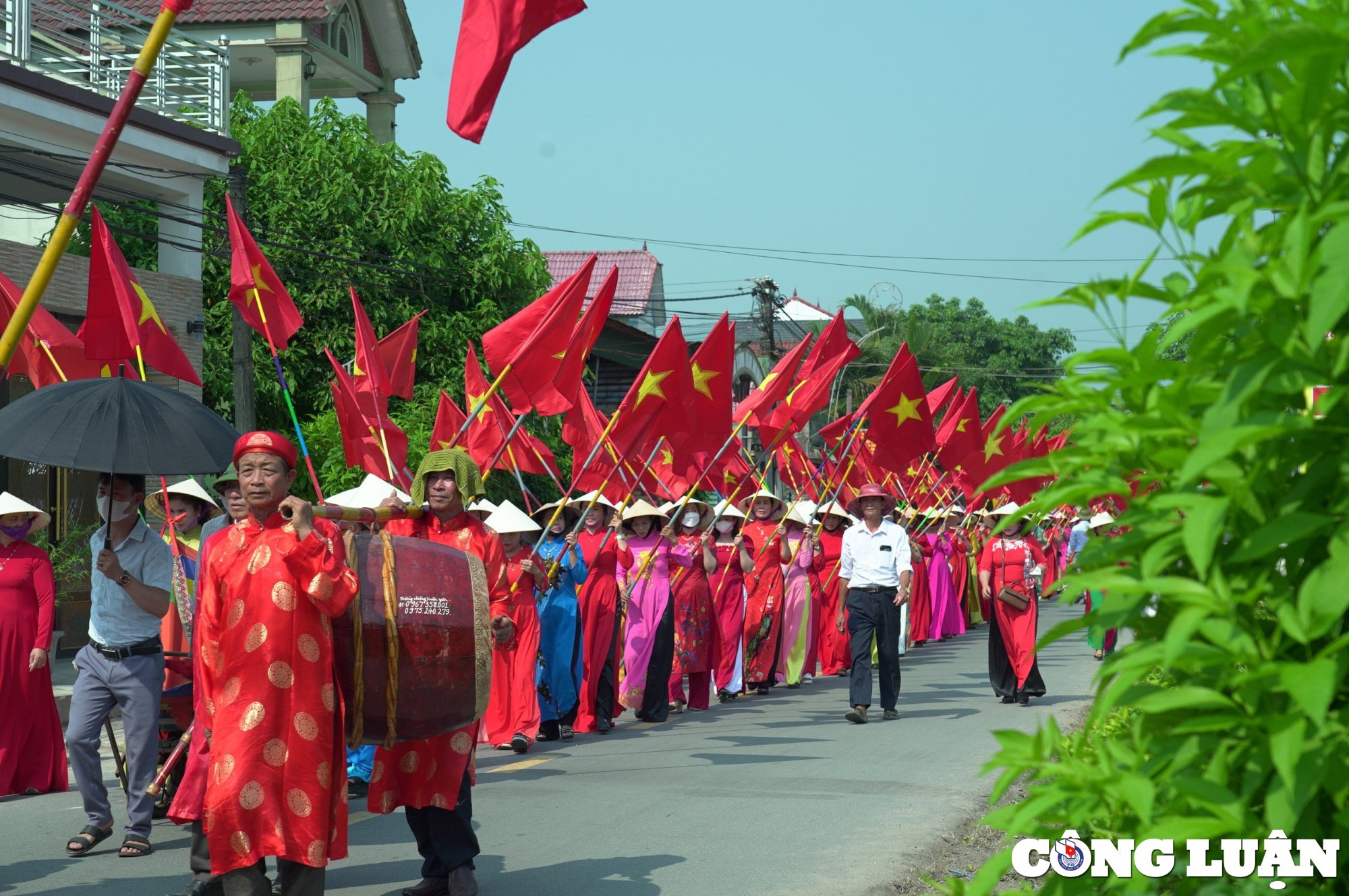
A large number of people and tourists from all over the country participated in the procession.
The ceremony of Cau Ngu Festival is organized by fishermen in a solemn and respectful manner with full traditional rituals, welcoming the gods, carrying the royal decree, reading the funeral oration, etc. The royal decree carrying ceremony is the opening part of Cau Ngu Festival (starting from Ong tomb, which is Dong Hai temple). After this part, fishermen continue to perform the water welcoming ceremony, the ceremony to welcome the spirit of Dong Hai God.
Before and after the end of the praying ceremony, the festival part of Cau Ngu Festival begins with a series of folk games and folk performances such as Tro Kieu and Nghe Tinh Vi and Giam folk songs. In addition, people also organize exciting sports activities such as boat racing, stilt walking, tug of war, traditional martial arts, etc. All these activities create a festival atmosphere that is both solemn, but also very bustling and interesting.
With its unique spiritual and cultural values and religious practices, on February 21, 2024, the Ministry of Culture, Sports and Tourism issued Decision No. 389/QD-BVHTTDL to include the Cau Ngu Festival in Cam Lam village in the List of National Intangible Cultural Heritage.
At the ceremony, Mr. Nong Quoc Thanh, Deputy Director of the Department of Cultural Heritage, Ministry of Culture, Sports and Tourism, awarded the certificate "Certificate of Cau Ngu Festival in Cam Lam village as a national intangible cultural heritage" to the Party Committee, government and people of Xuan Lien commune.
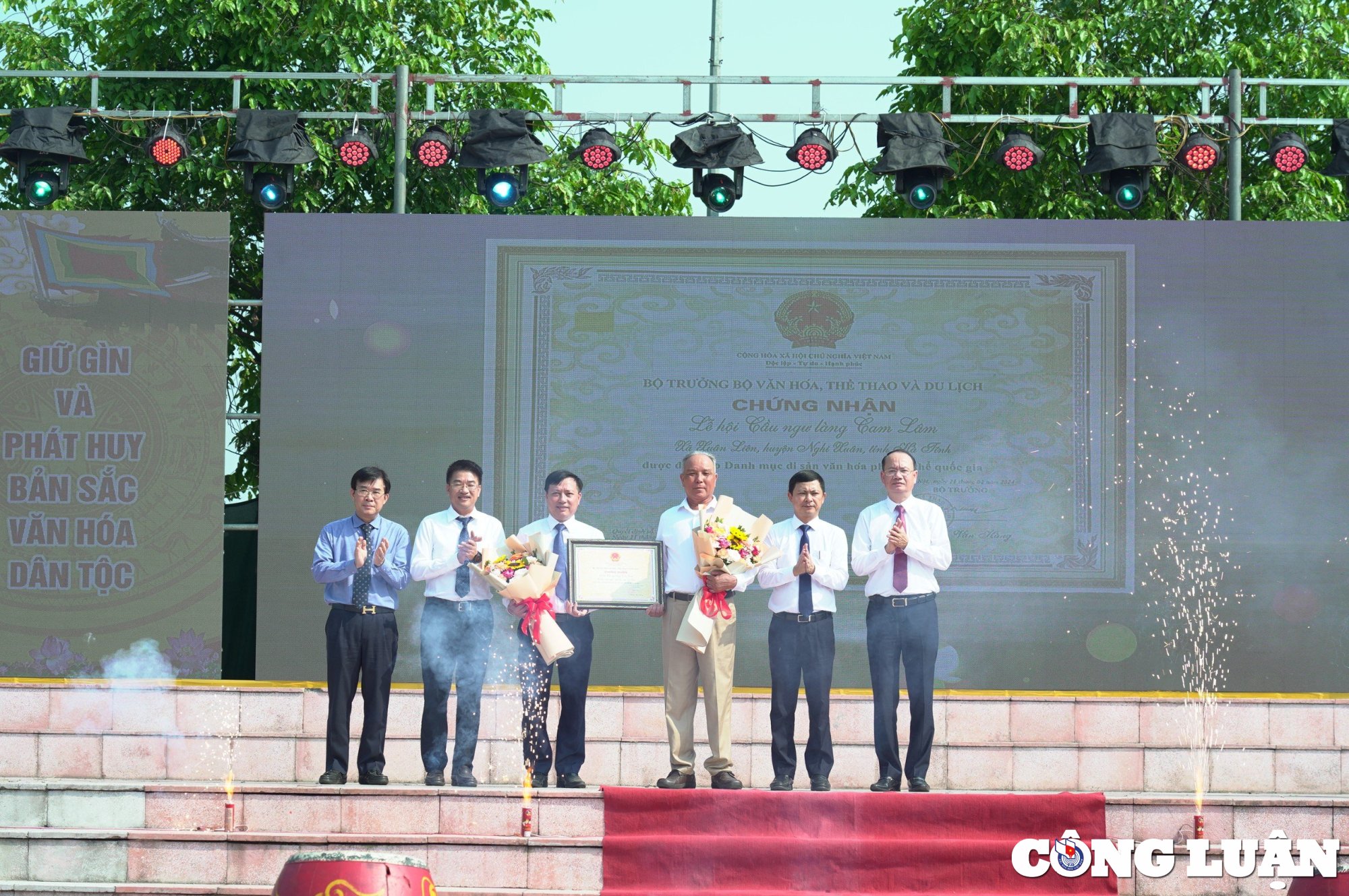
Awarding the certificate "Certificate of Cau Ngu Festival in Cam Lam village as National Intangible Cultural Heritage" to the Party Committee, government and people of Xuan Lien commune.
Speaking at the ceremony, Mr. Le Ngoc Chau, Vice Chairman of Ha Tinh Provincial People's Committee affirmed the great values of Cau Ngu Festival in the intangible cultural heritage of Ha Tinh in particular and the Vietnamese people in general.
"The Cau Ngu Festival is a cultural activity bearing the mark of maritime culture and plays an important role in the cultural and religious life of people who are attached to the sea and survive at sea. Maritime culture has naturally entered the spiritual and religious life of the people, the people have created and practiced those cultural values as an essential need of life and production. Every year, the Festival is associated with the historical and cultural relic of Dong Hai Temple, where coastal fishermen of Cam Lam village hold a respectful religious ceremony to pay tribute to the Whale - the god of the sea to pray for national peace and prosperity, favorable weather, and boats going out to sea, entering the sea with a full catch of fish and shrimp. In particular, the Cau Ngu Festival of Cam Lam village contains folk performances, associated with the Kieu tro, Vi and Giam folk songs, social customs and traditional games that have existed for a long time but are always created, expressed in a profound and impressive way. Solidarity, mutual love and connection "The community connection of Cam Lam people is passed down and inherited from generation to generation," Mr. Le Ngoc Chau emphasized.
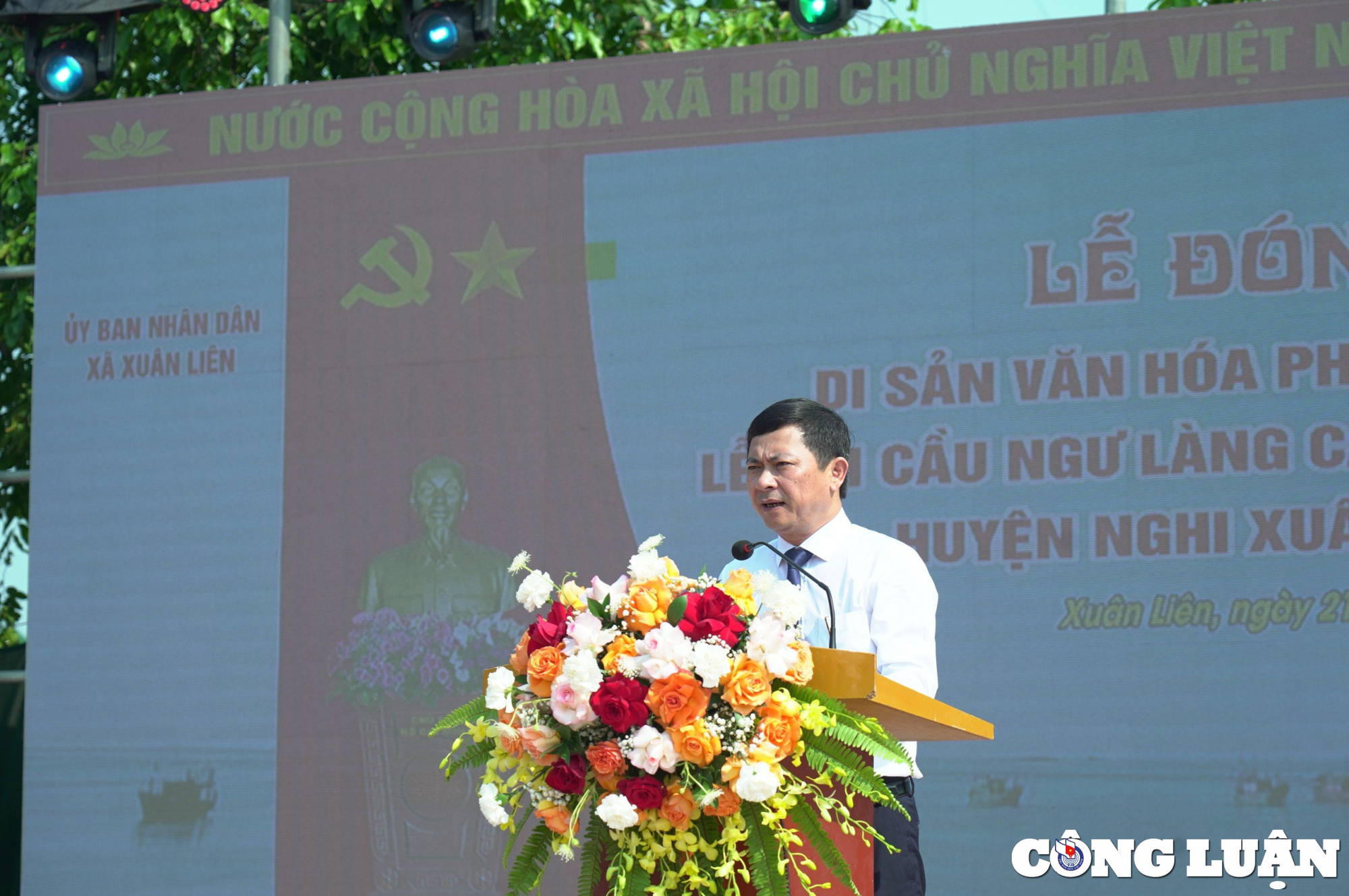
Mr. Le Ngoc Chau, Vice Chairman of Ha Tinh Provincial People's Committee spoke at the ceremony.
The Vice Chairman of the People's Committee of Ha Tinh province requested the Party Committee and authorities of Nghi Xuan district, Xuan Lien commune and all levels and sectors in the district to pay utmost attention, create the best conditions, and work with the people to continue to preserve, conserve and promote the value of this precious heritage left by our ancestors. At the same time, promote internal resources, strengthen active measures to manage, protect, propagate, mobilize, raise sense of responsibility and promote socialization, mobilize all resources to preserve and promote the value of the heritage; focus on education on historical traditions, national cultural identity, meet cultural and religious needs and improve the level of spiritual cultural enjoyment for the people.
Some photos taken at the ceremony:
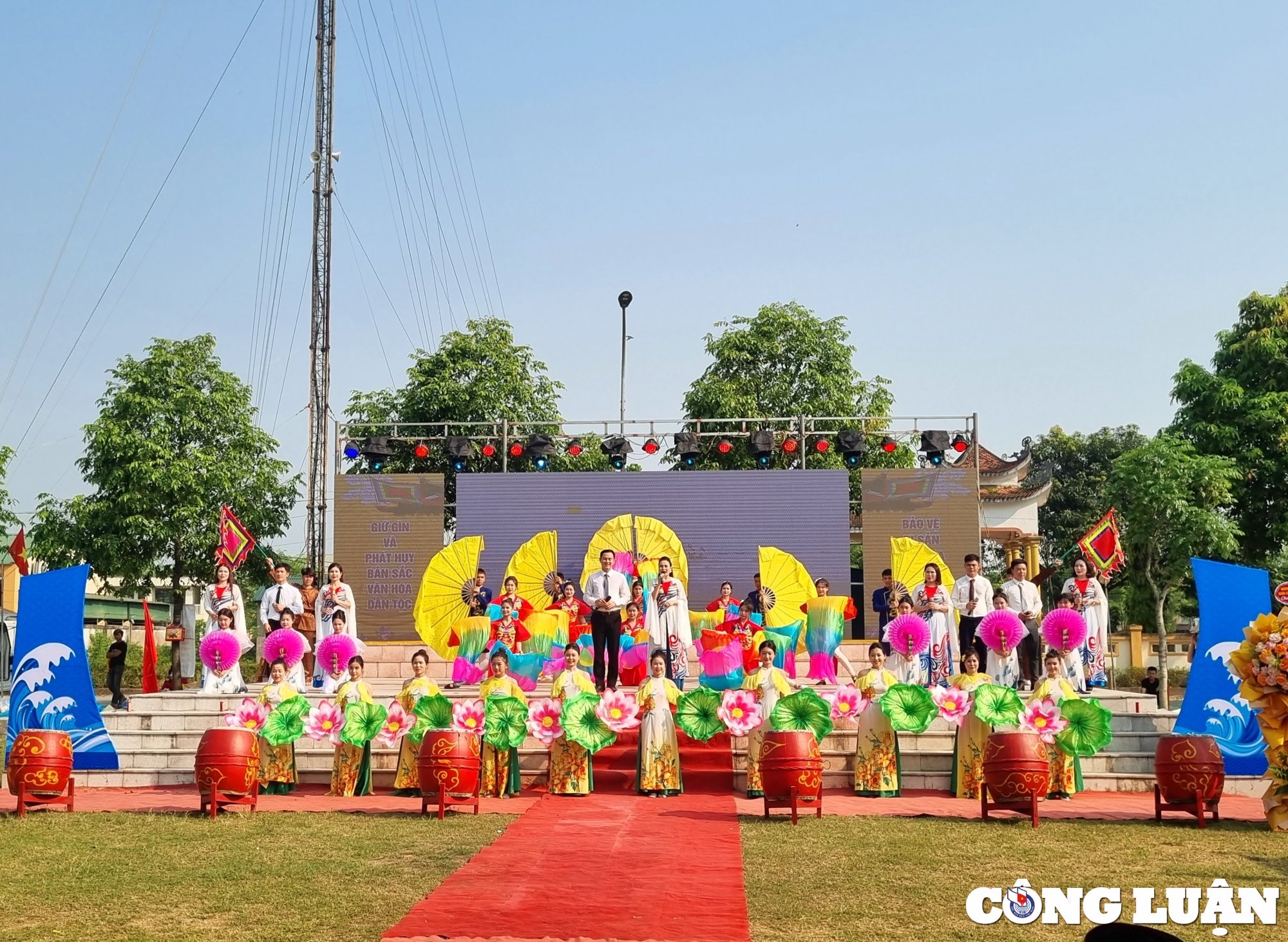
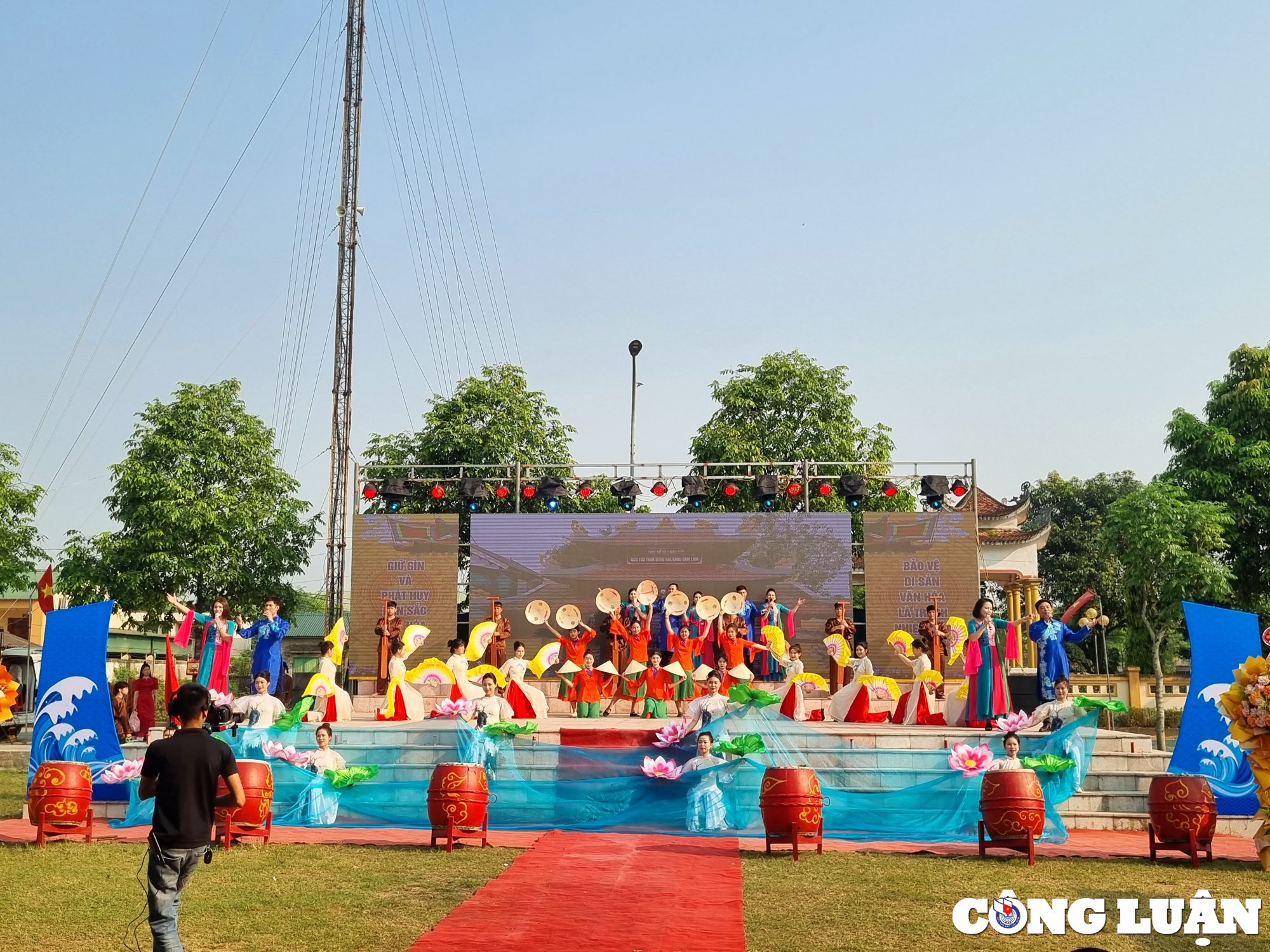
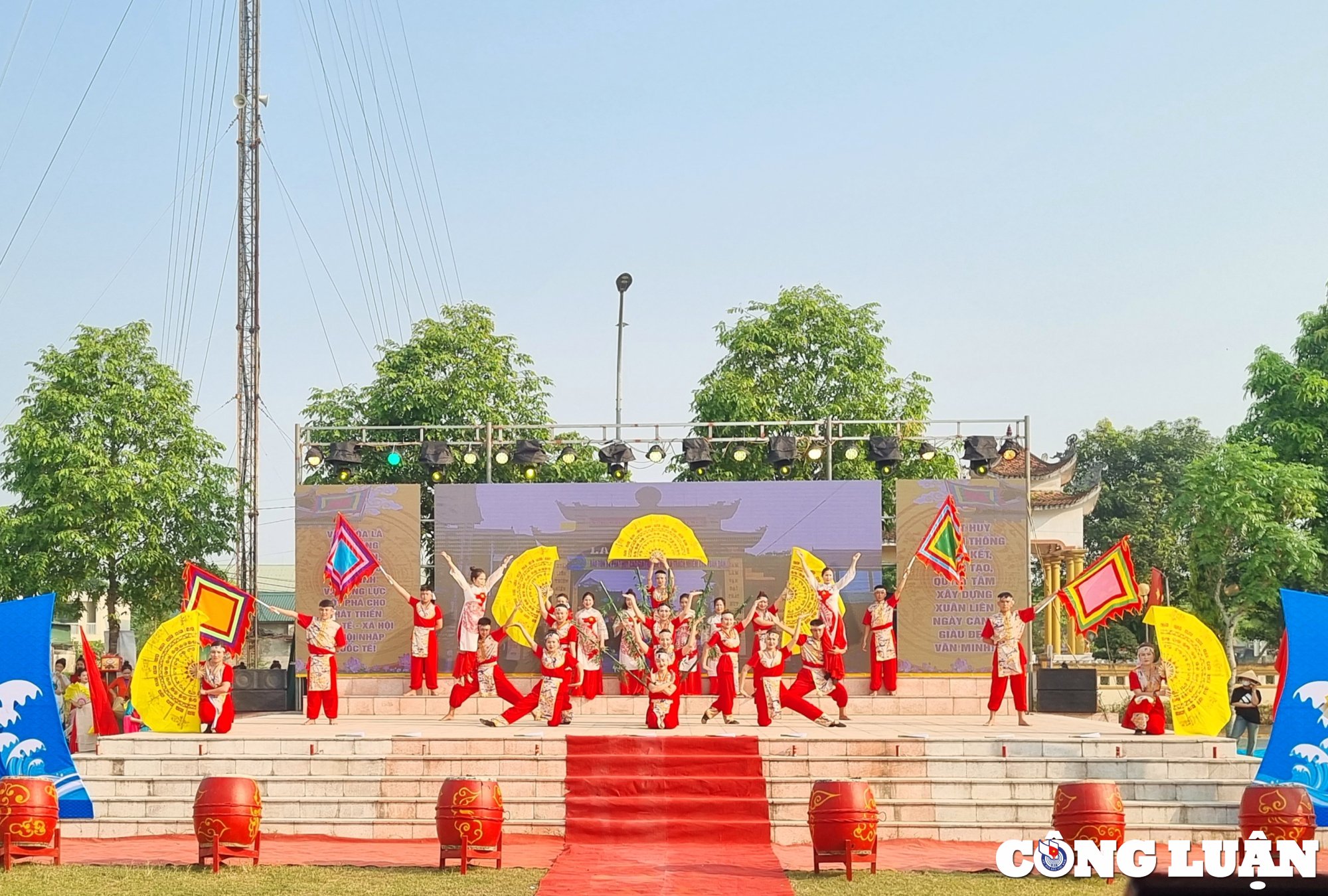
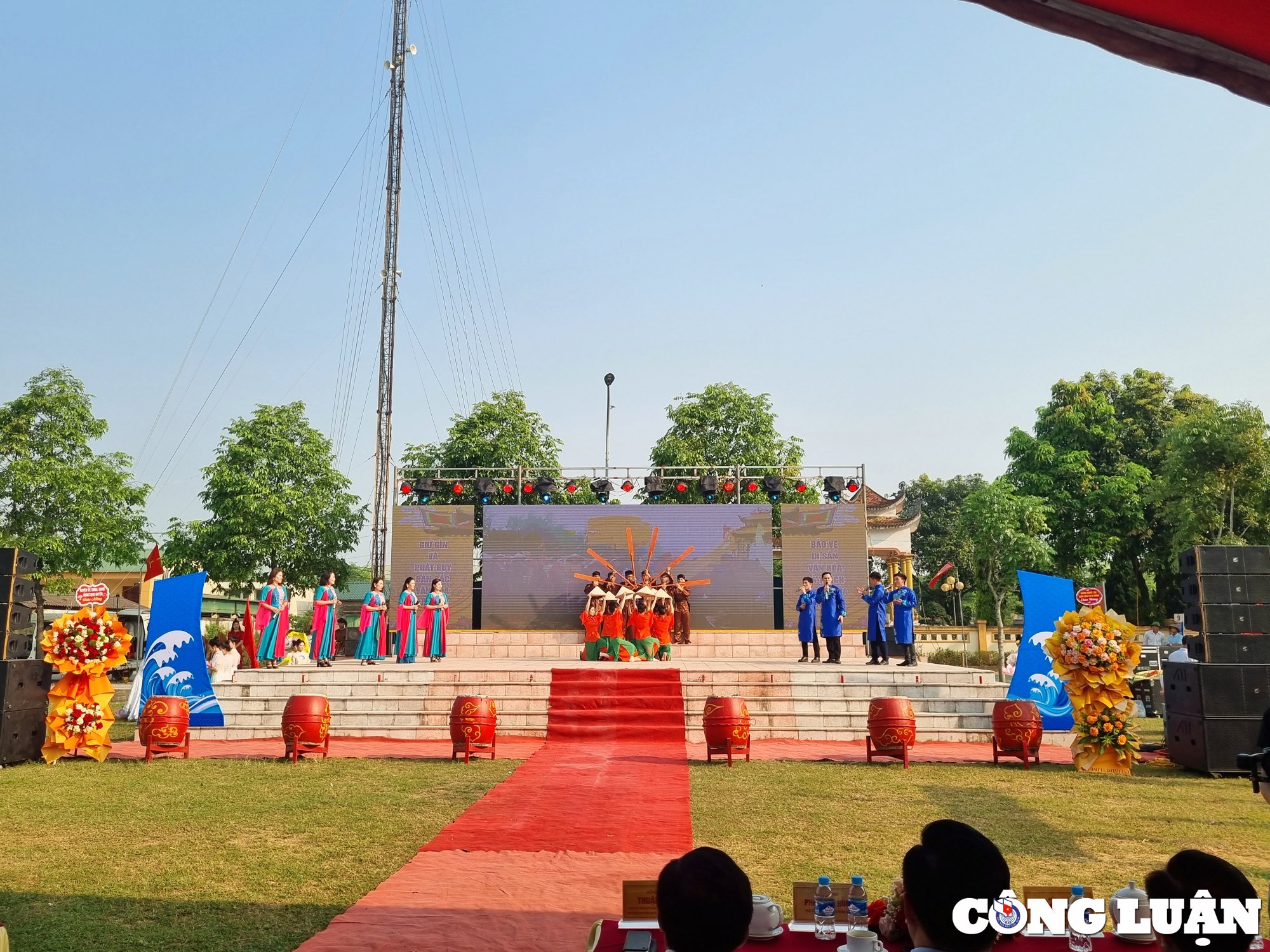
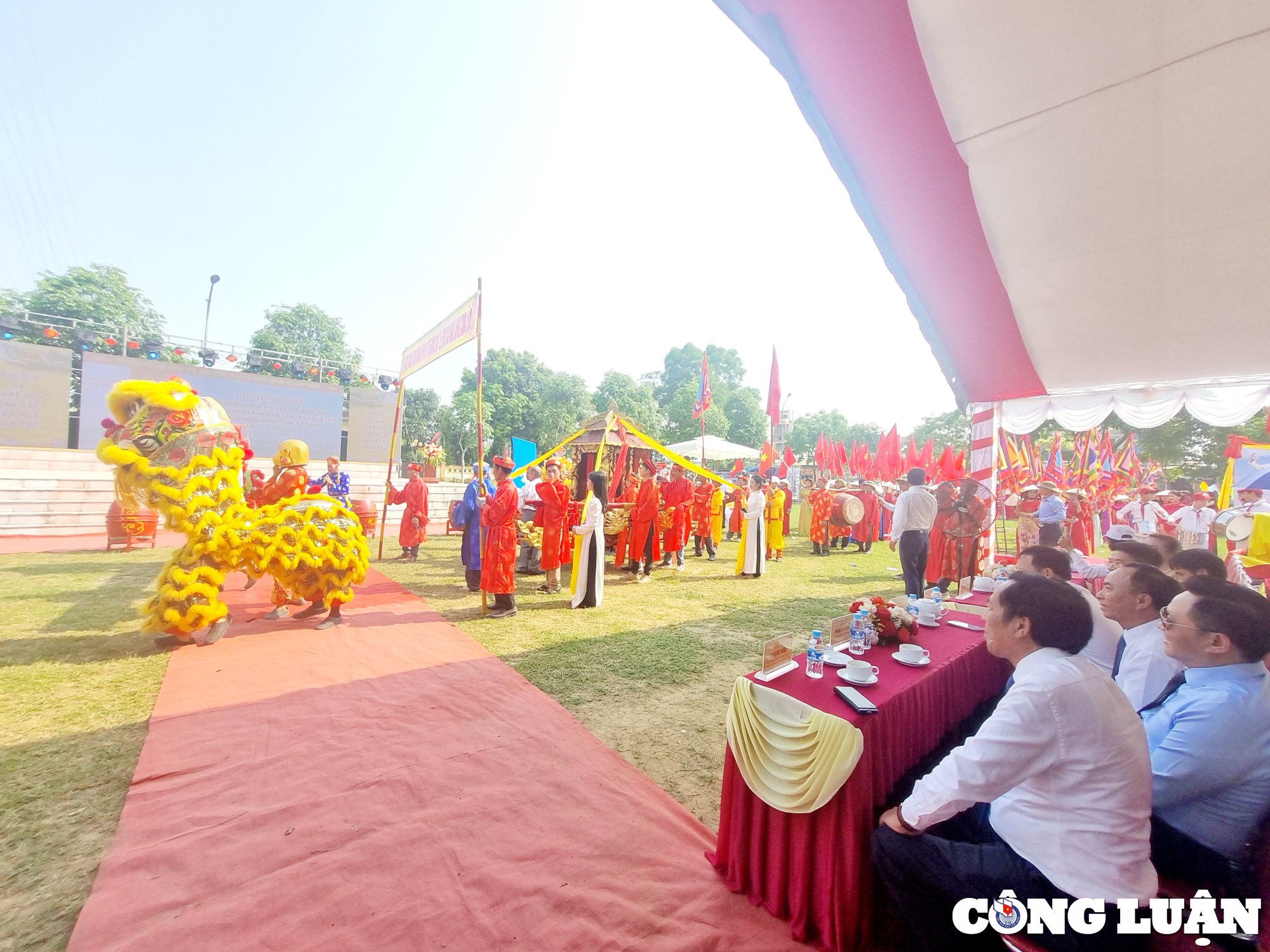
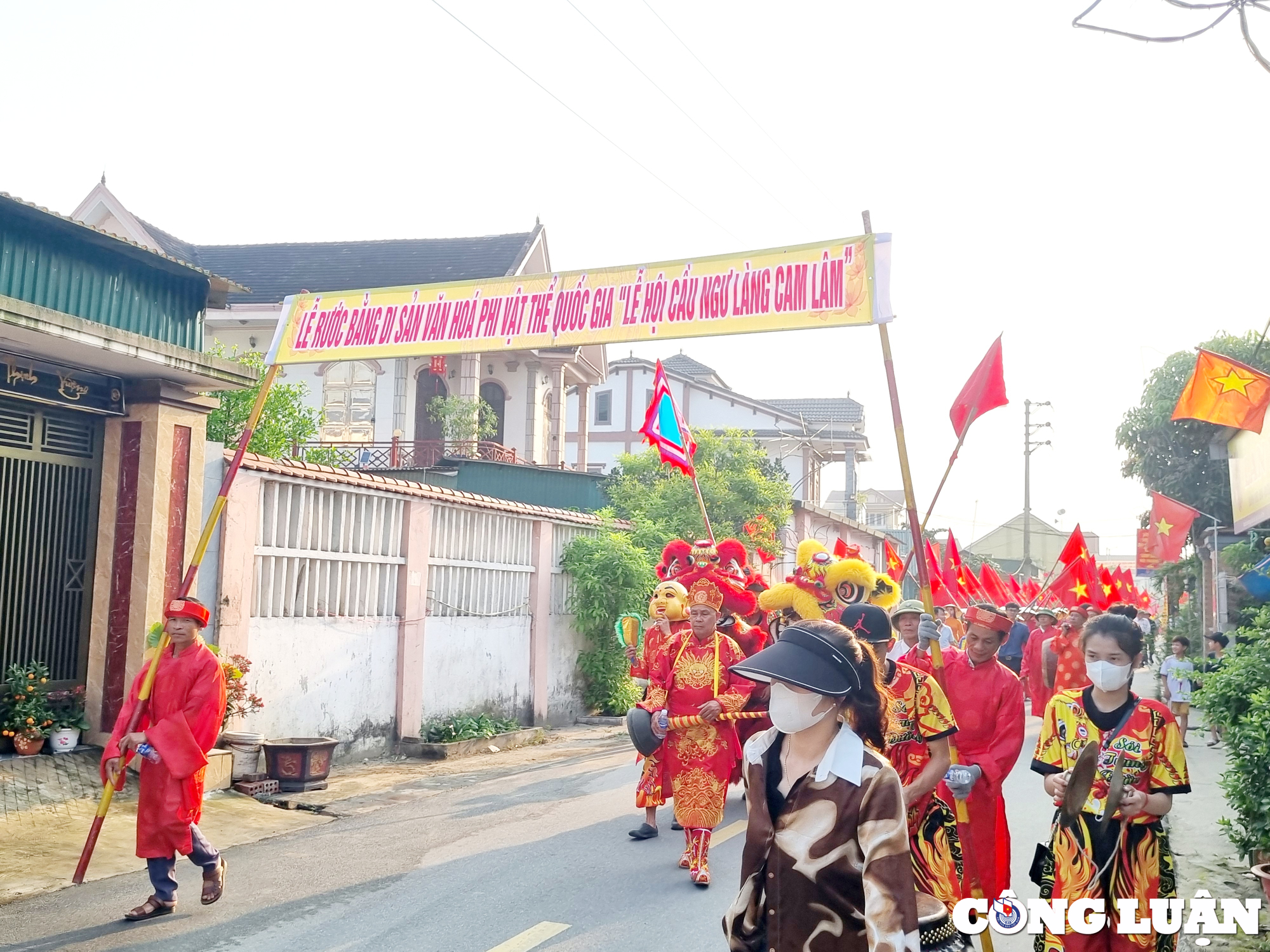
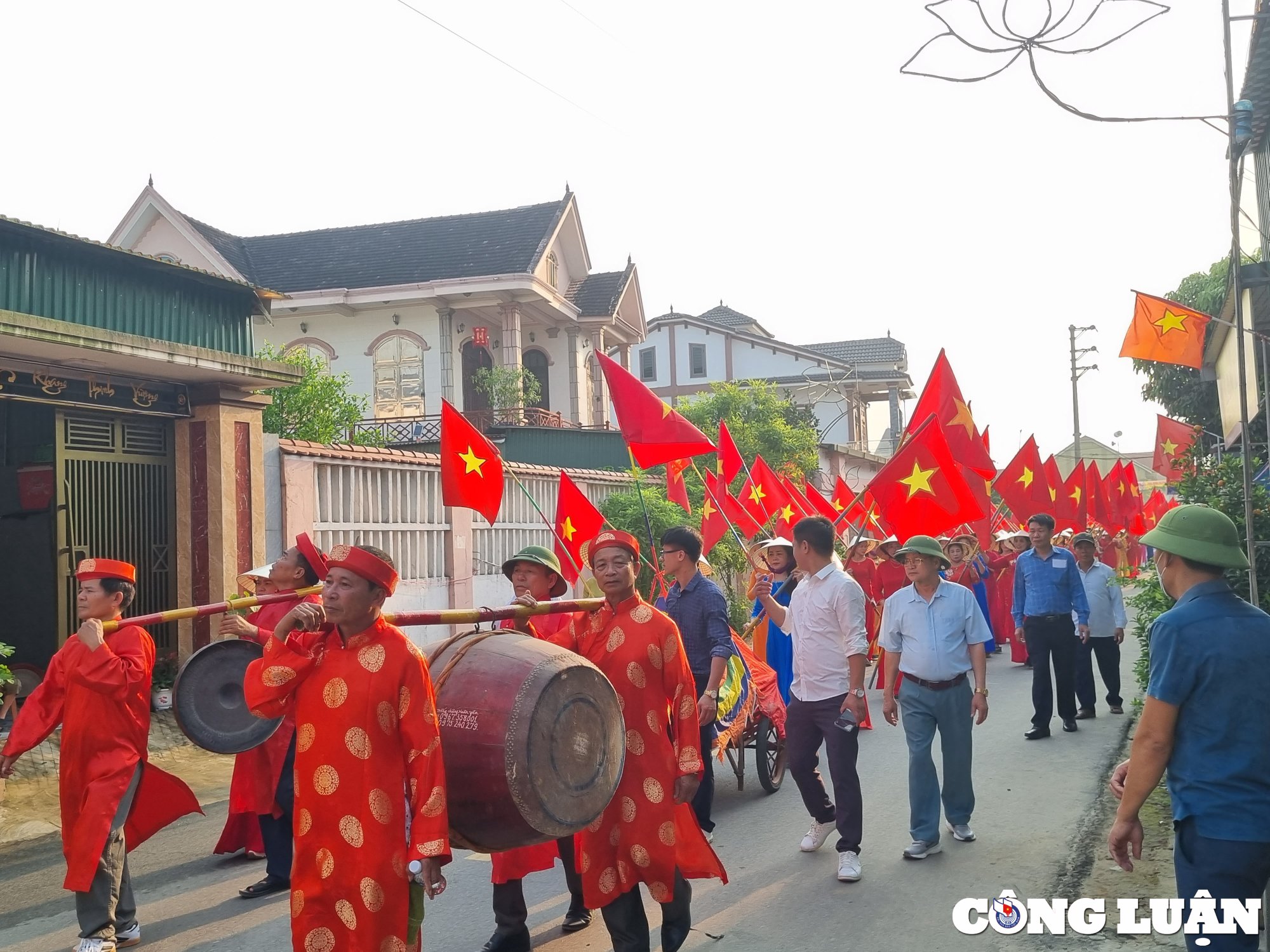
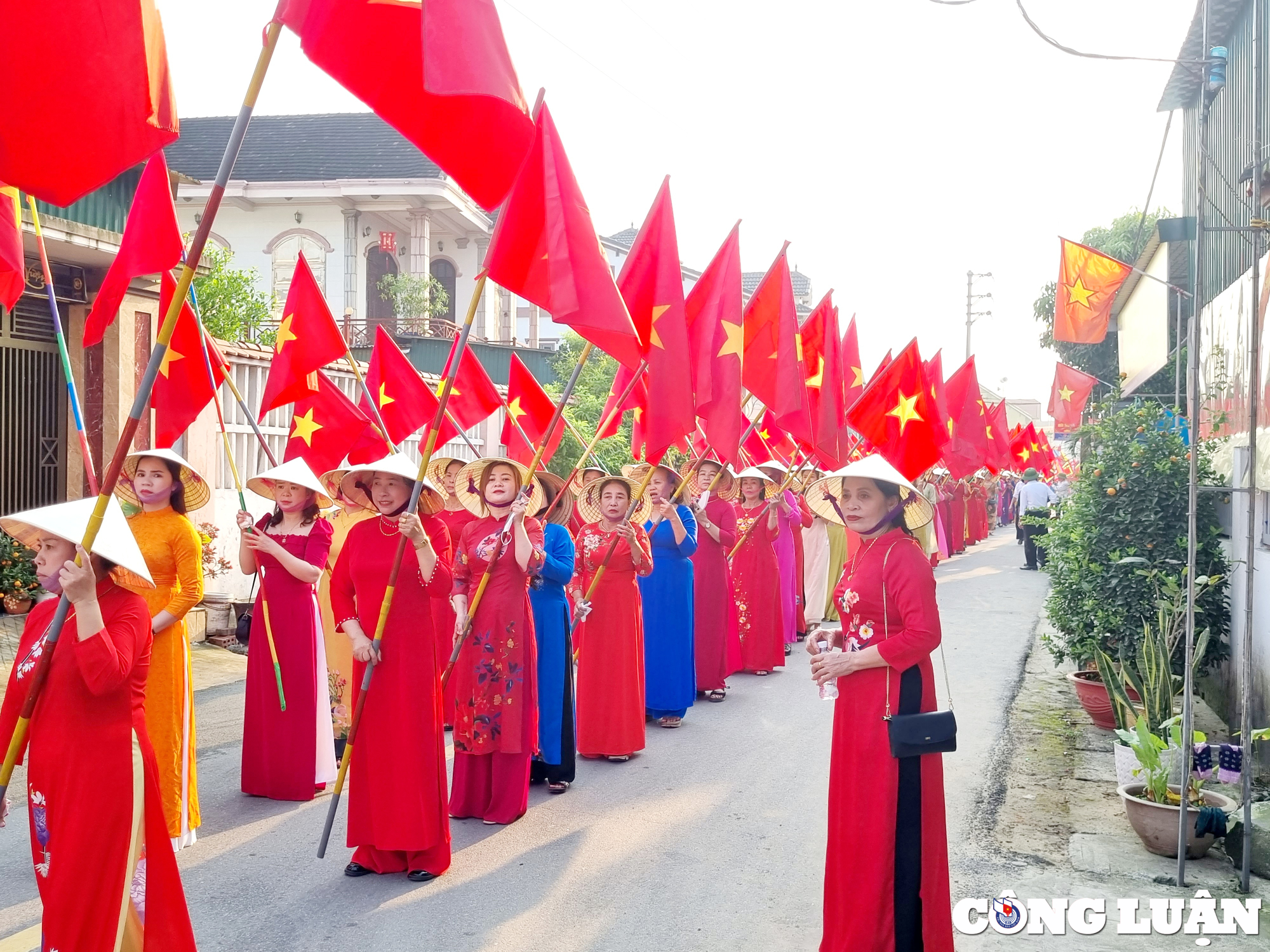
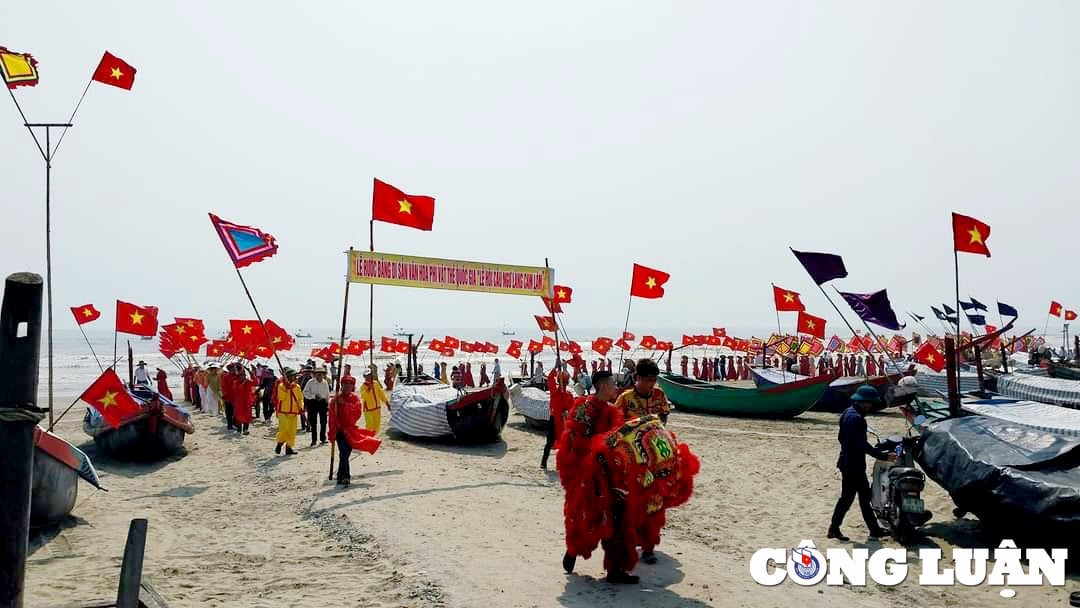
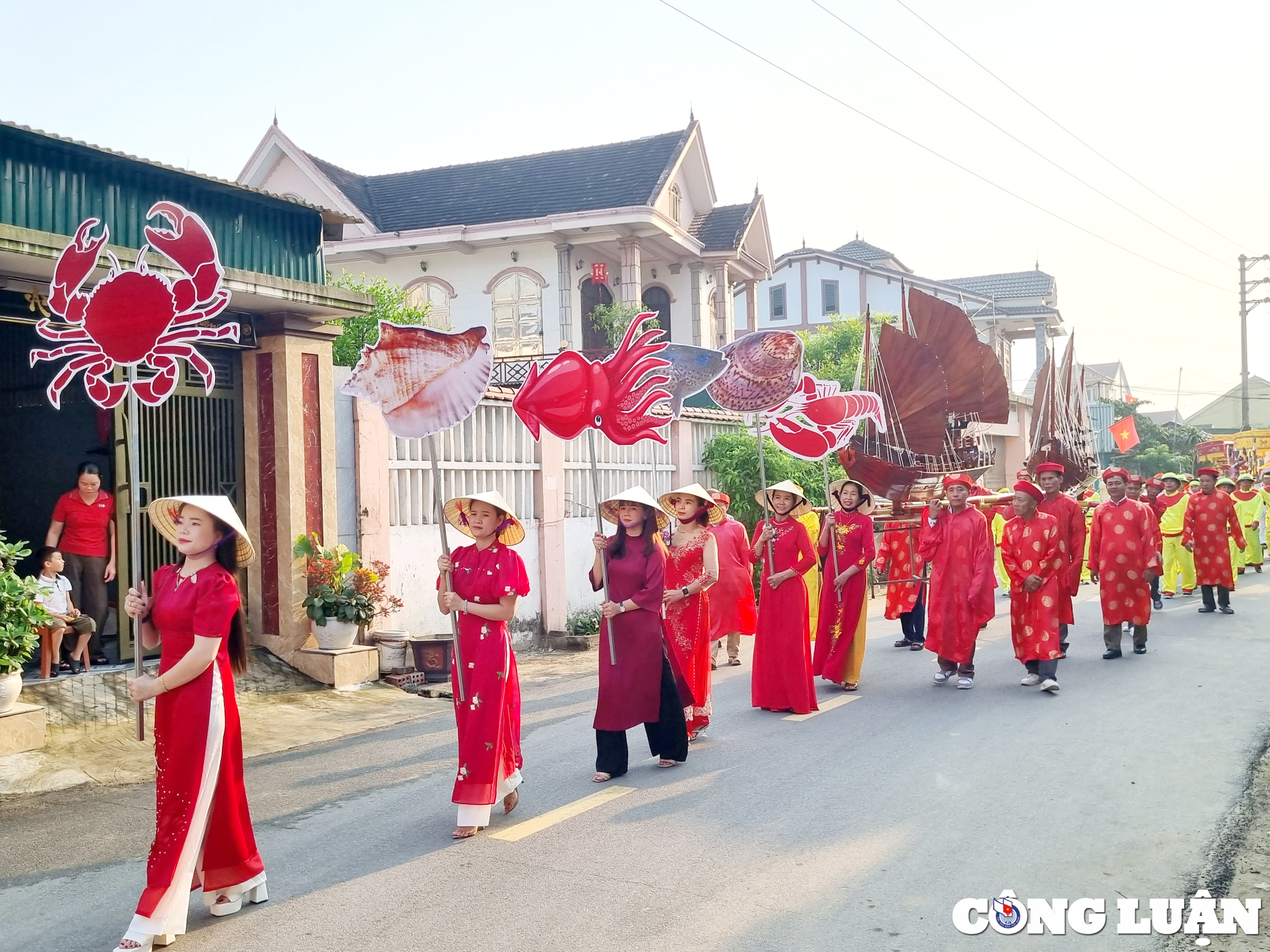
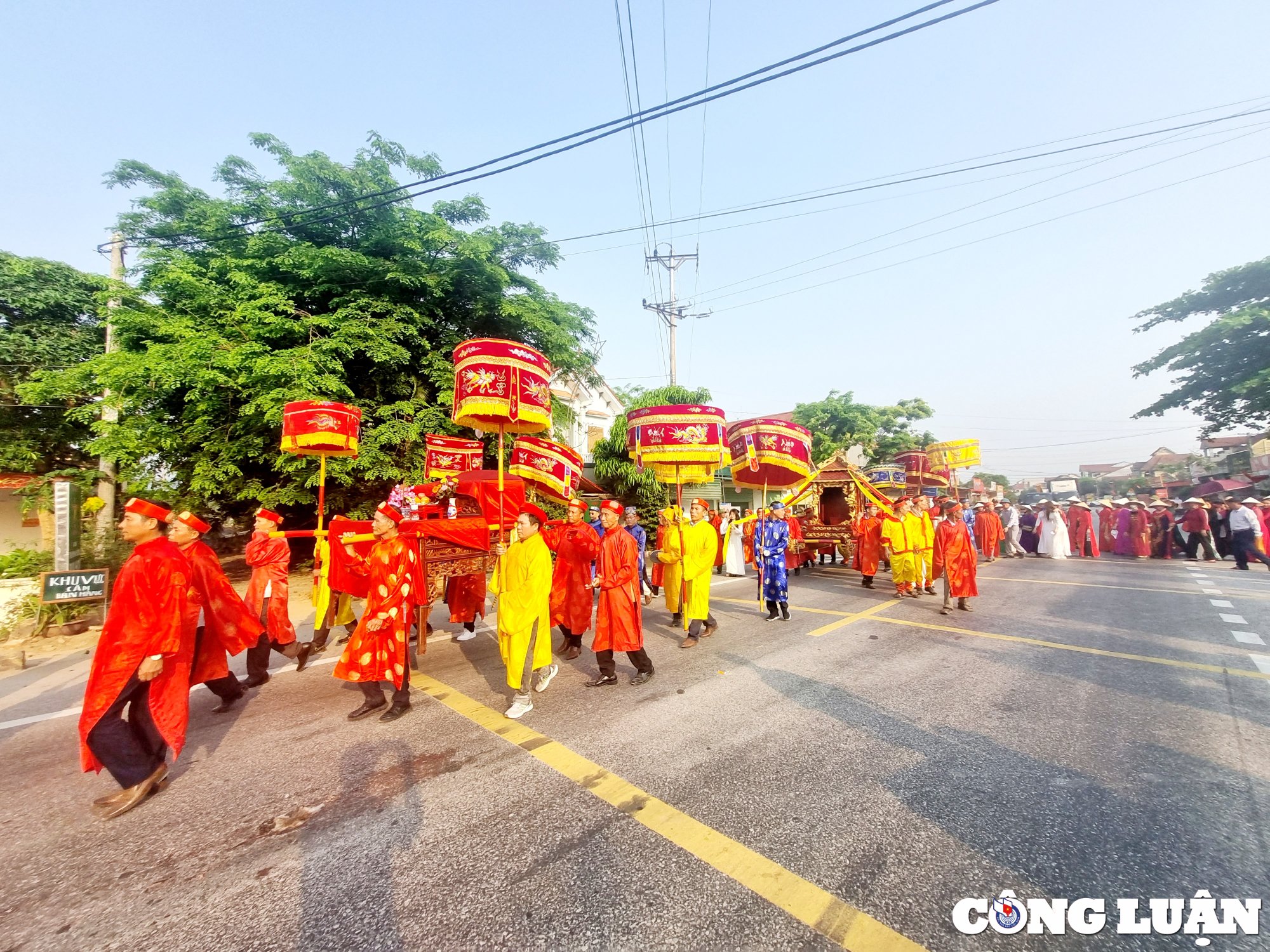
Source


![[Photo] General Secretary To Lam receives Japanese Ambassador to Vietnam Ito Naoki](https://vstatic.vietnam.vn/vietnam/resource/IMAGE/2025/4/3/3a5d233bc09d4928ac9bfed97674be98)
![[Photo] Prime Minister Pham Minh Chinh chairs the first meeting of the Steering Committee on Regional and International Financial Centers](https://vstatic.vietnam.vn/vietnam/resource/IMAGE/2025/4/3/47dc687989d4479d95a1dce4466edd32)
![[Photo] Ho Chi Minh City speeds up sidewalk repair work before April 30 holiday](https://vstatic.vietnam.vn/vietnam/resource/IMAGE/2025/4/3/17f78833a36f4ba5a9bae215703da710)
![[Photo] Prime Minister Pham Minh Chinh chairs meeting after US announces reciprocal tariffs](https://vstatic.vietnam.vn/vietnam/resource/IMAGE/2025/4/3/ee90a2786c0a45d7868de039cef4a712)
![[Photo] A brief moment of rest for the rescue force of the Vietnam People's Army](https://vstatic.vietnam.vn/vietnam/resource/IMAGE/2025/4/3/a2c91fa05dc04293a4b64cfd27ed4dbe)
![[Photo] Capital's youth enthusiastically practice firefighting and water rescue skills](https://vstatic.vietnam.vn/vietnam/resource/IMAGE/2025/4/3/3f8481675271488abc7b9422a9357ada)
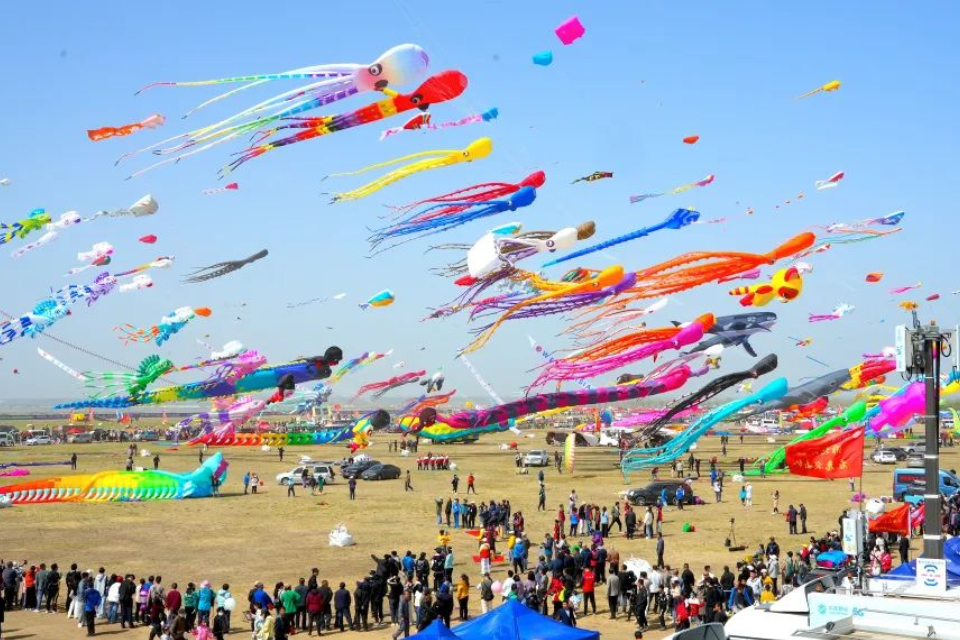

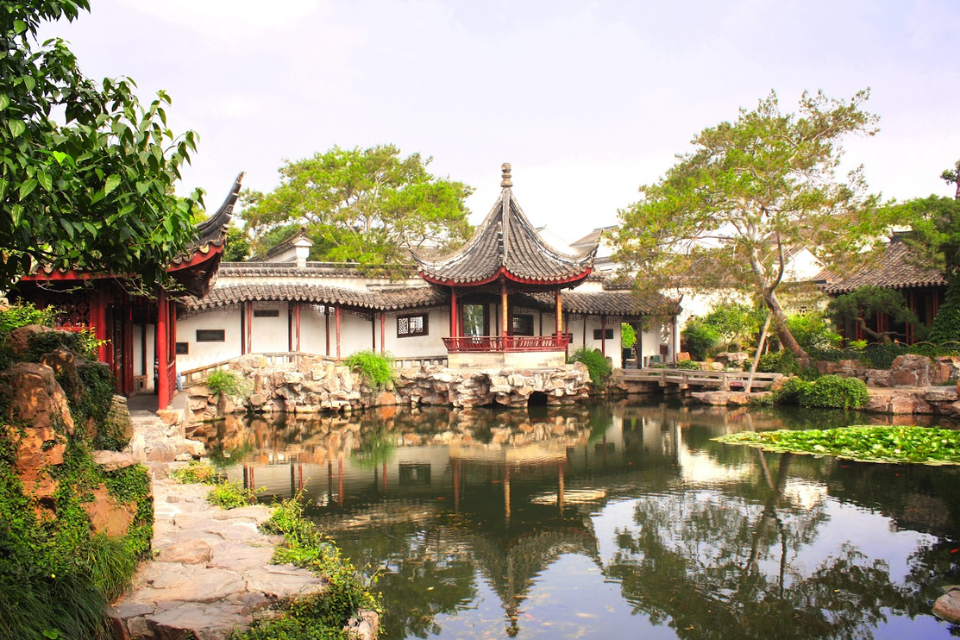
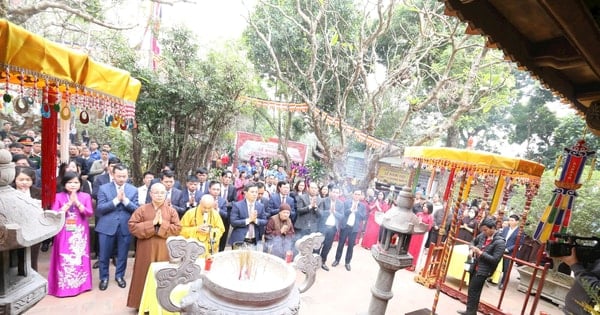

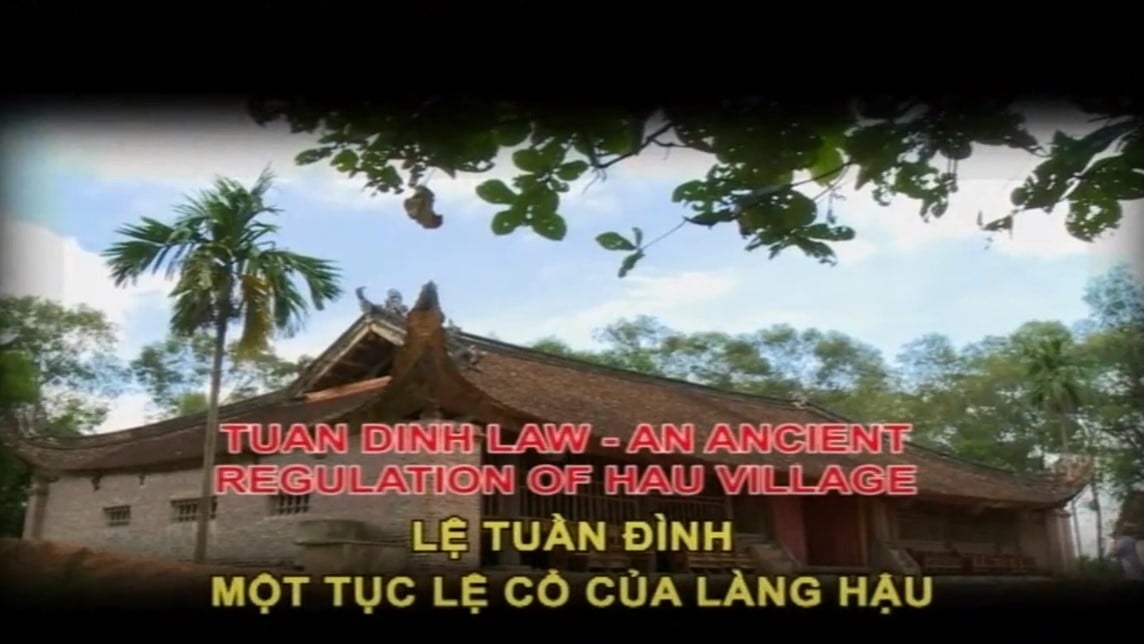

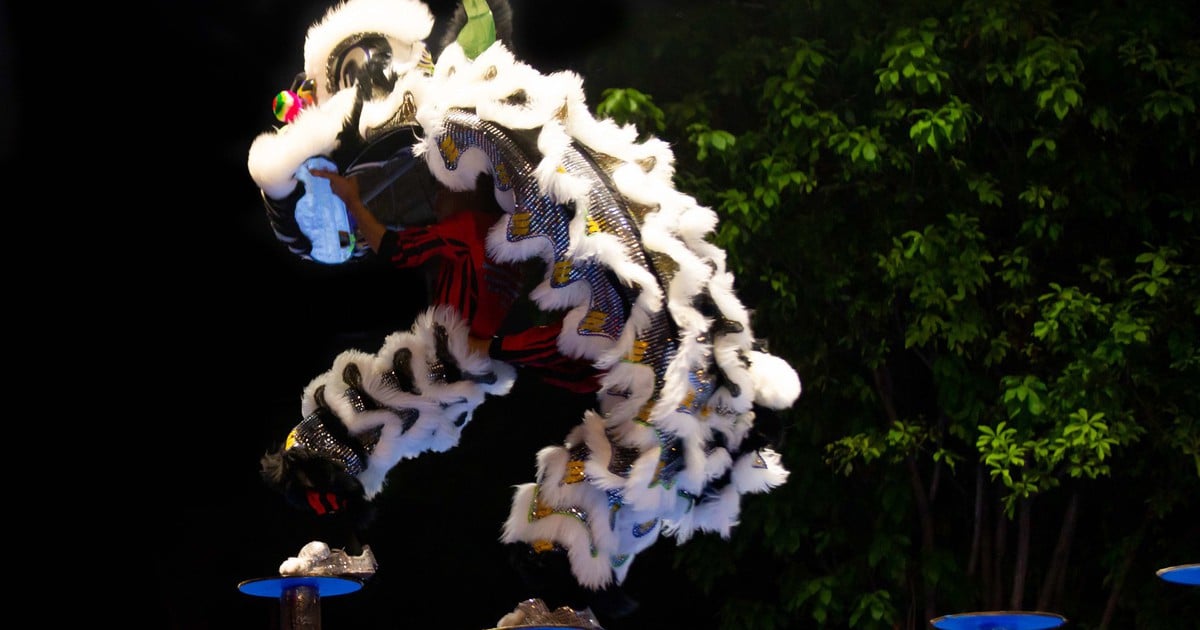

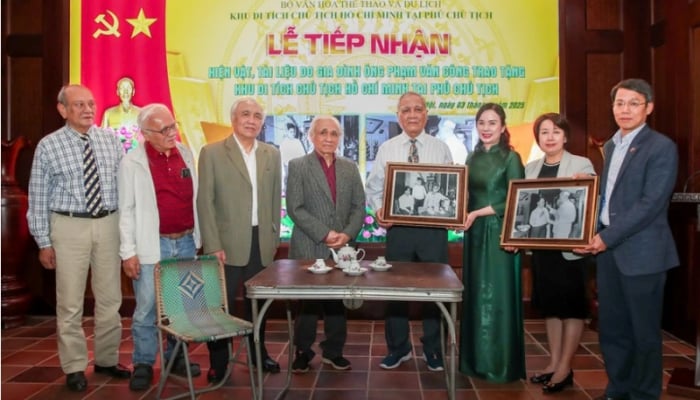
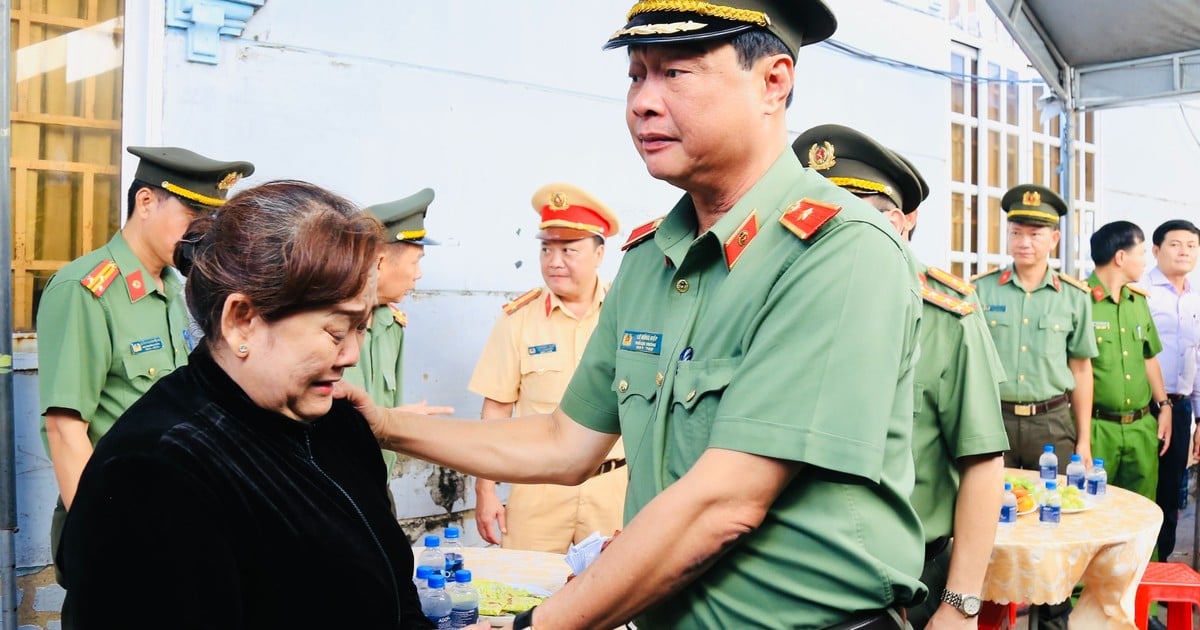
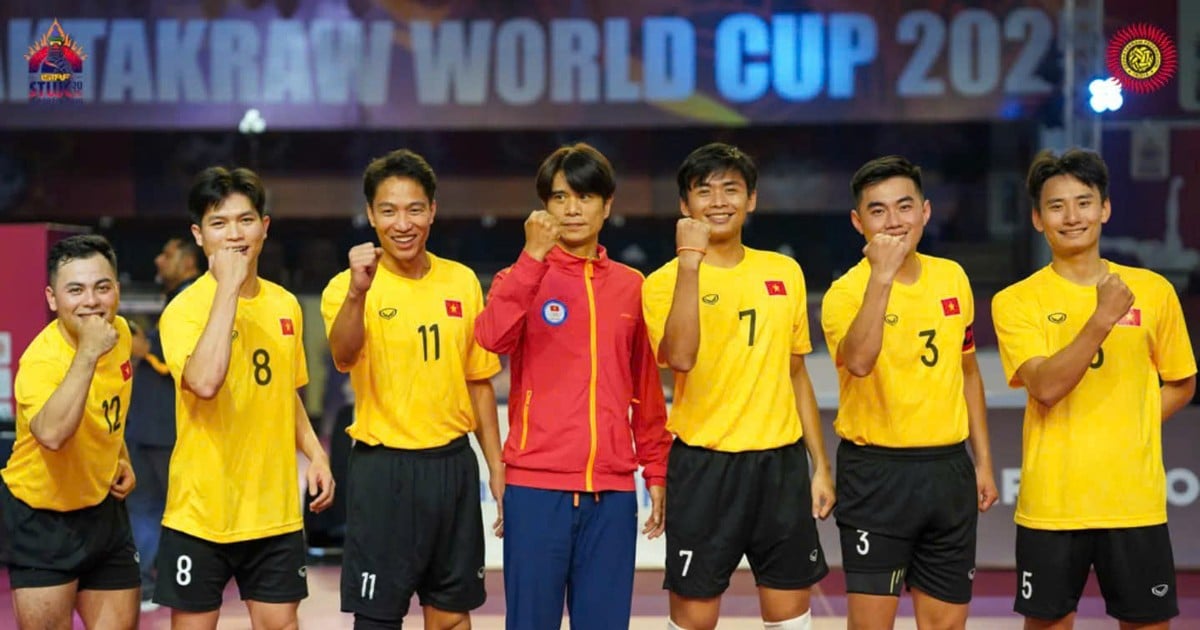
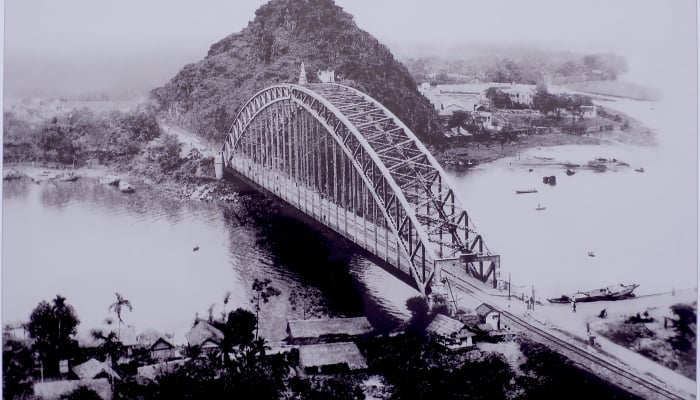
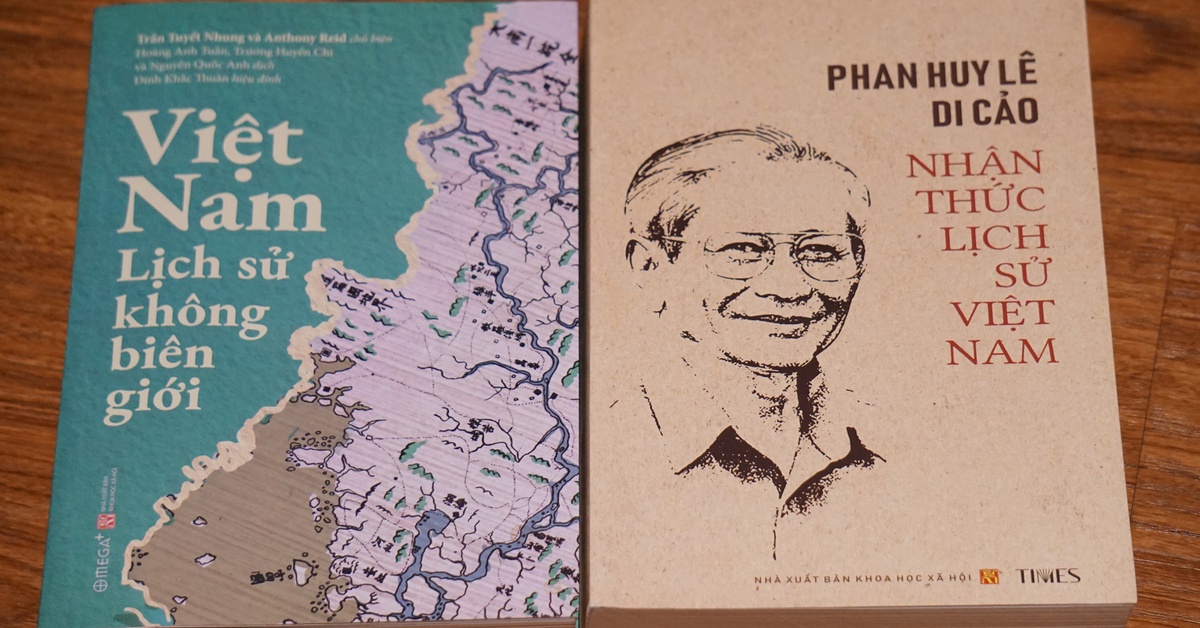






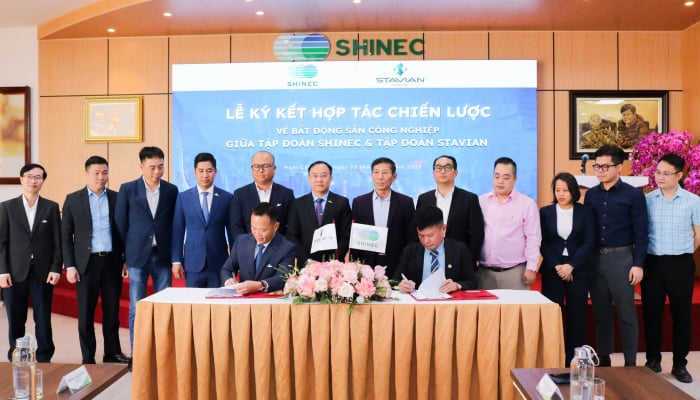

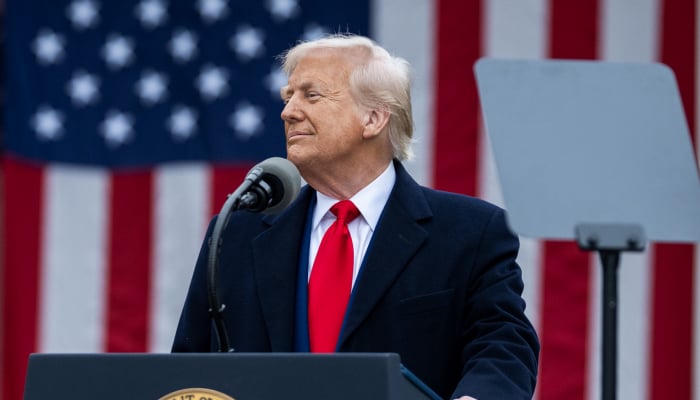
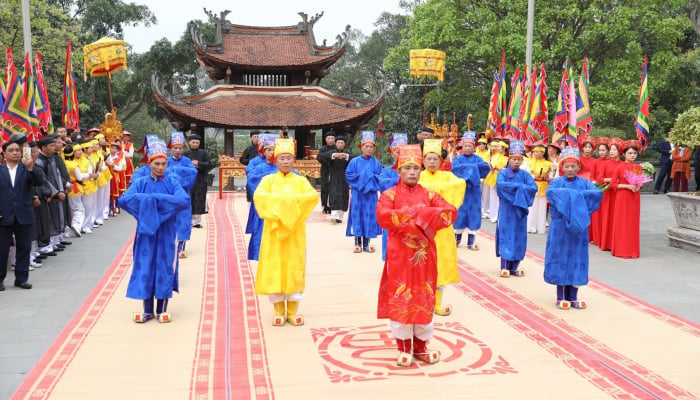
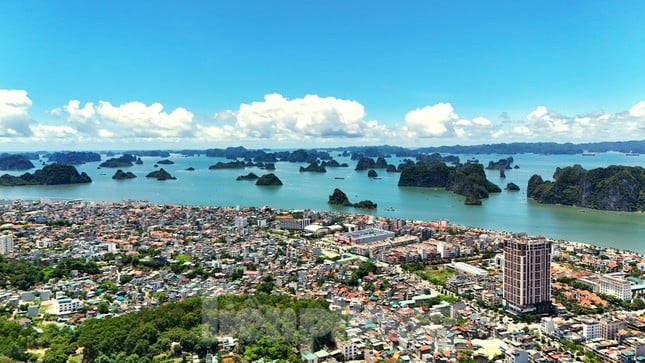

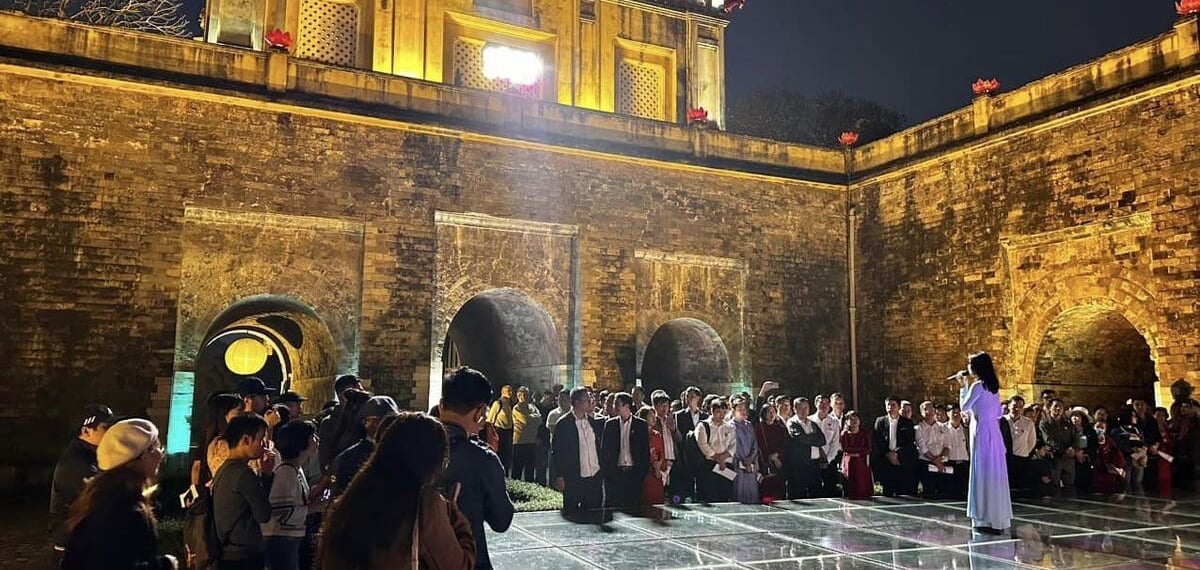

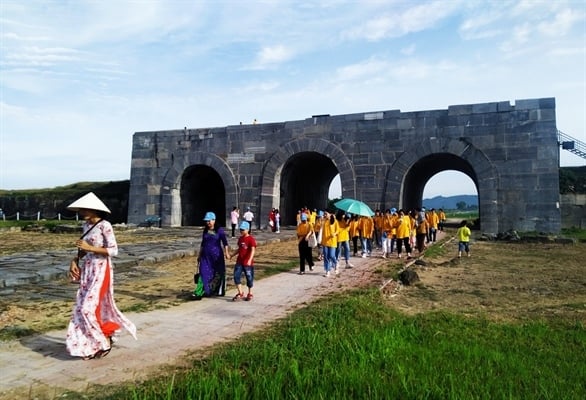

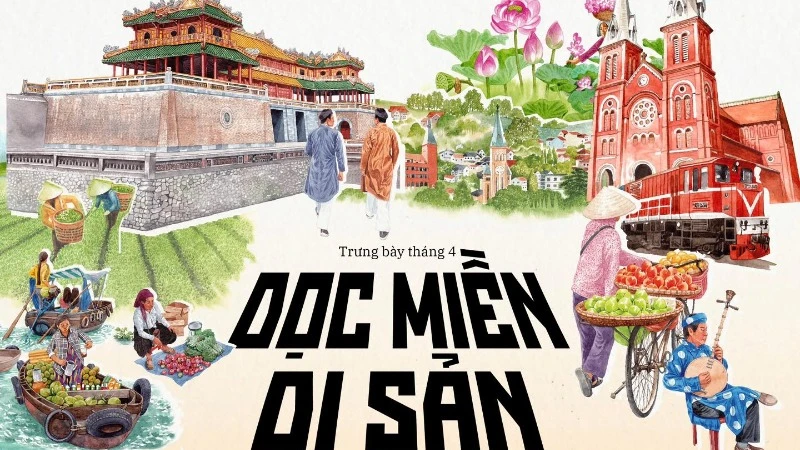

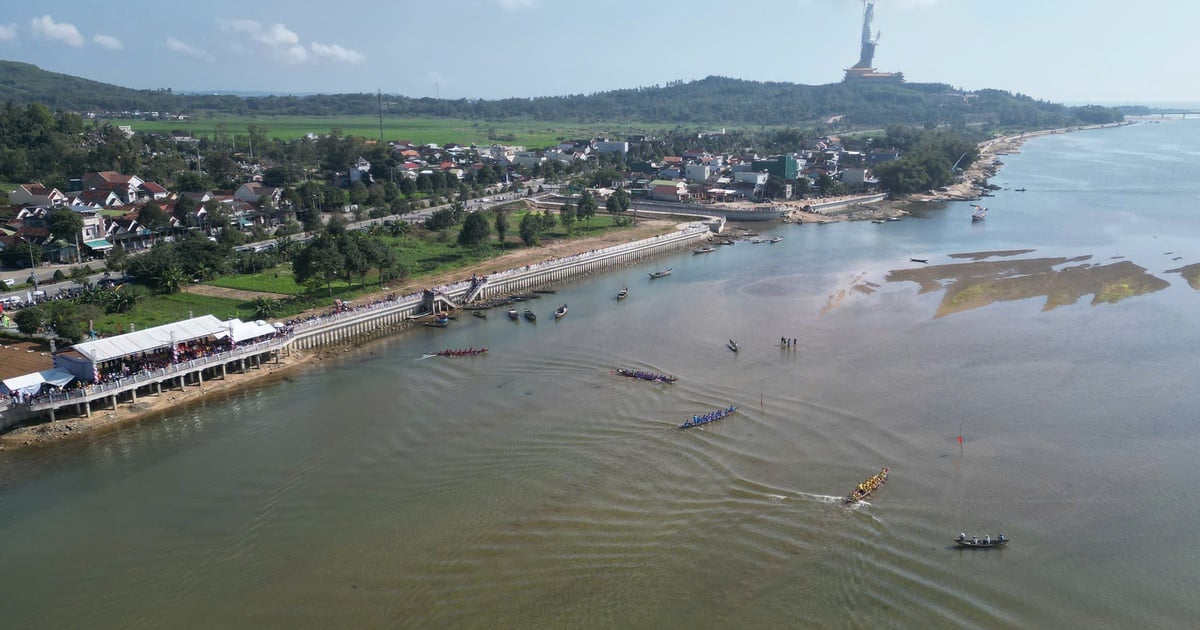

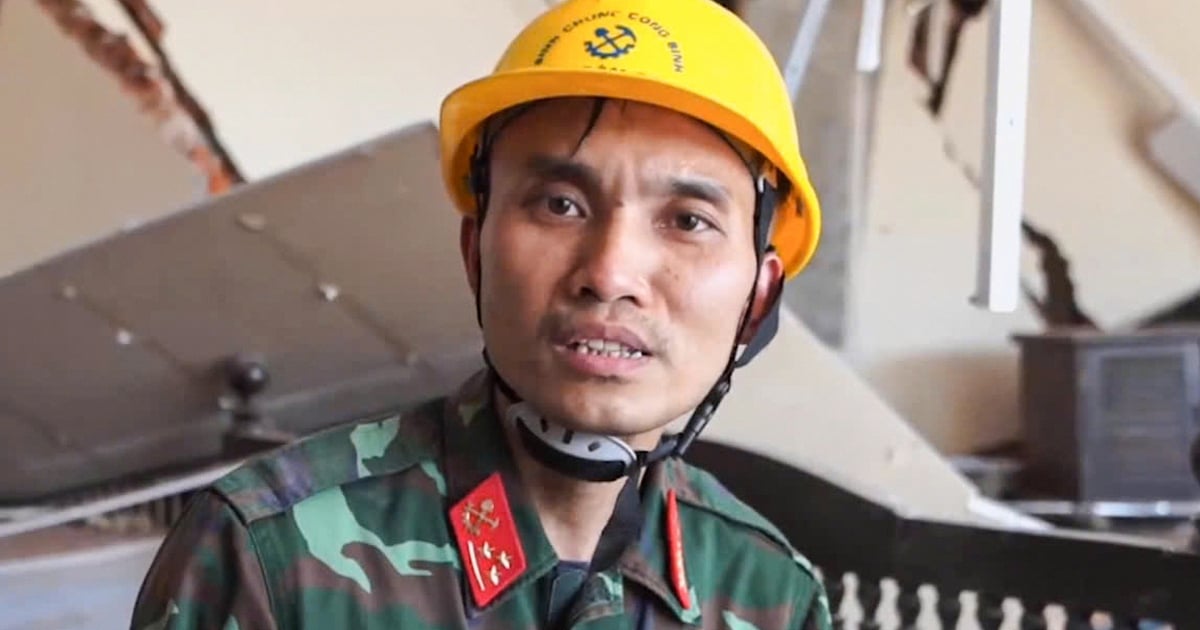
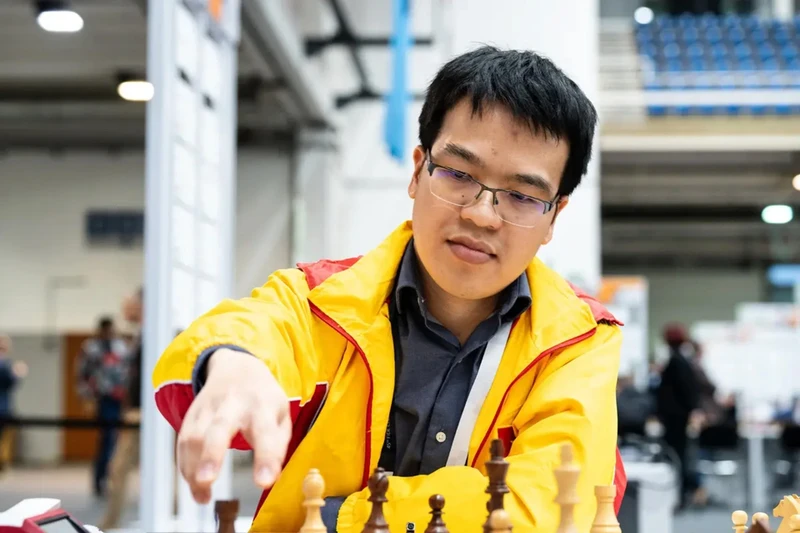
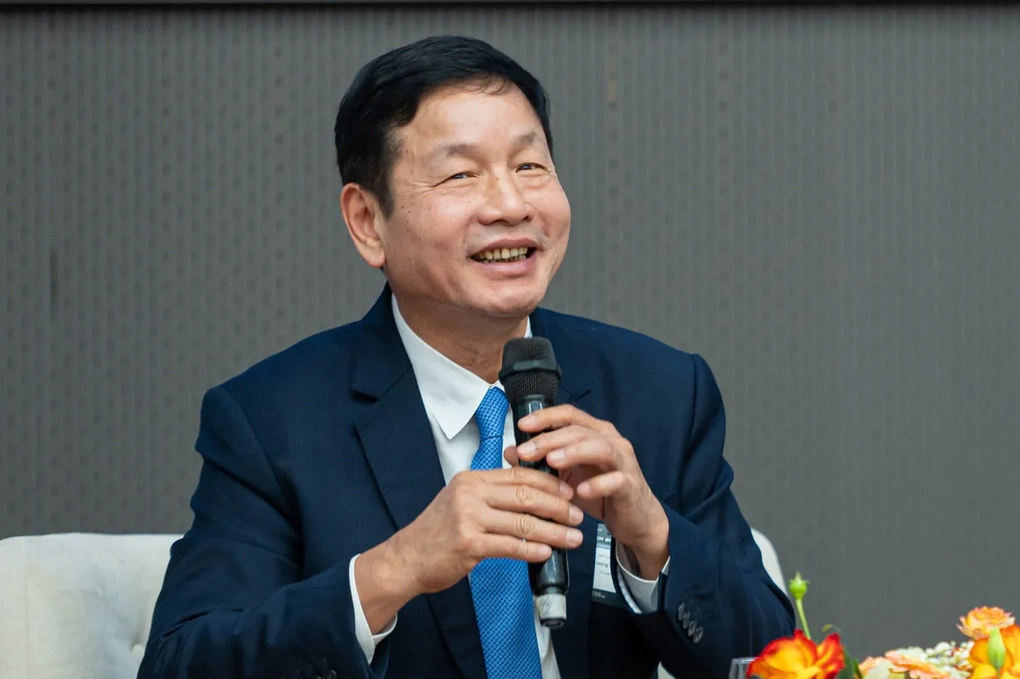

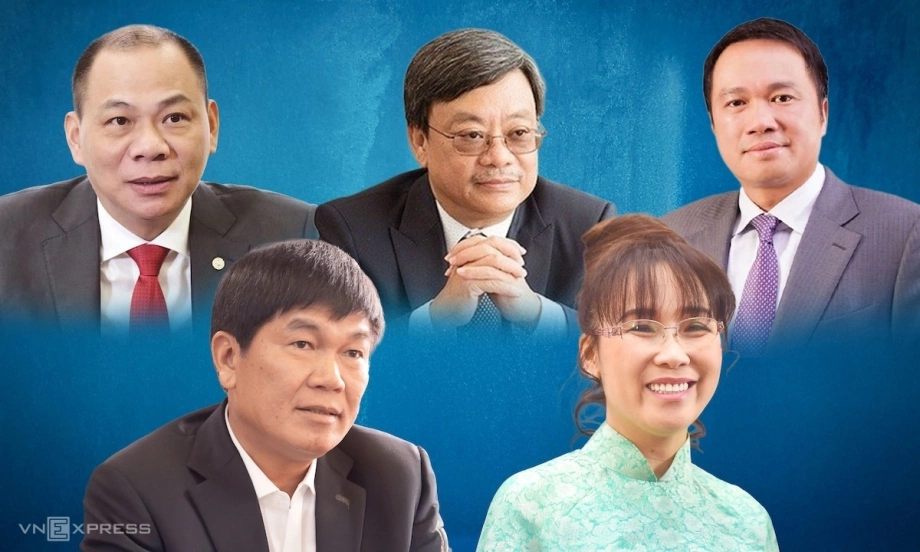
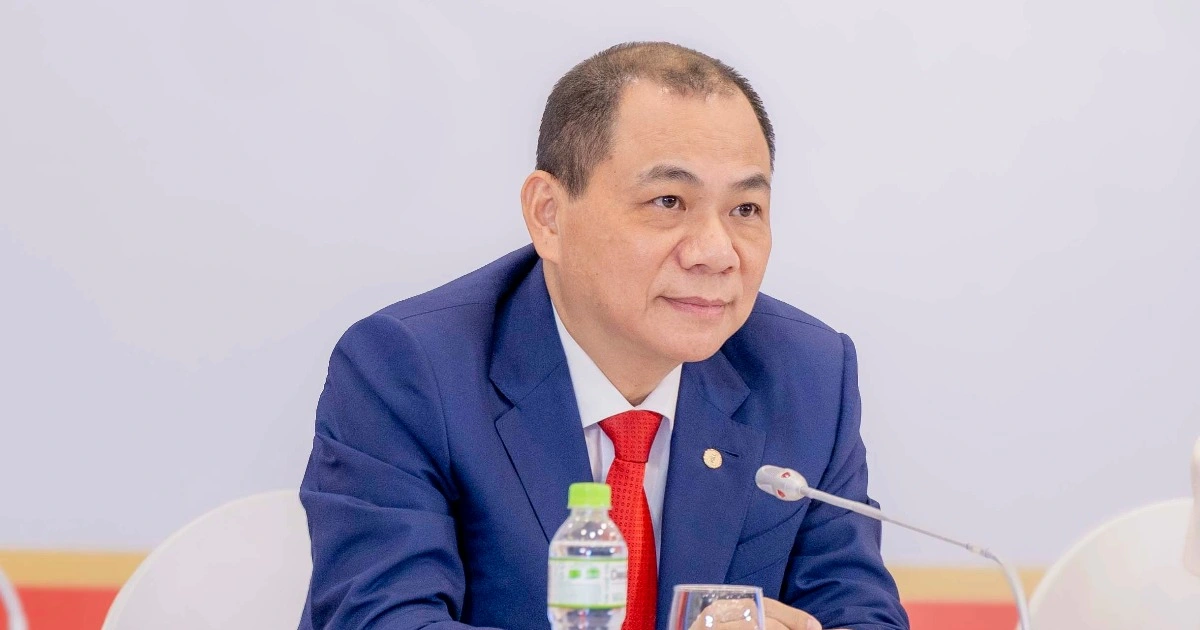
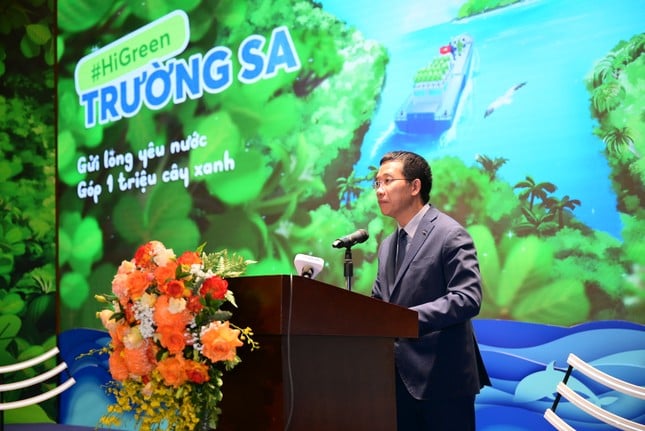








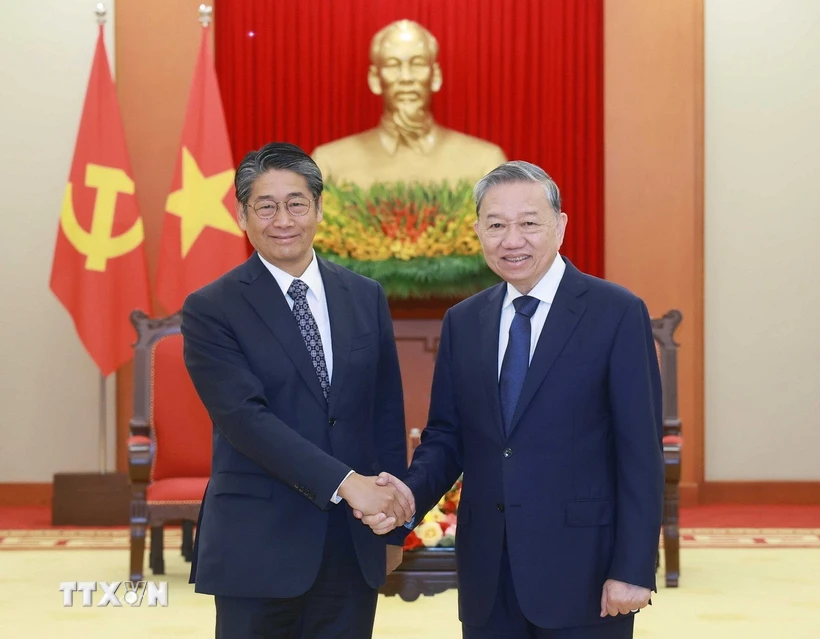

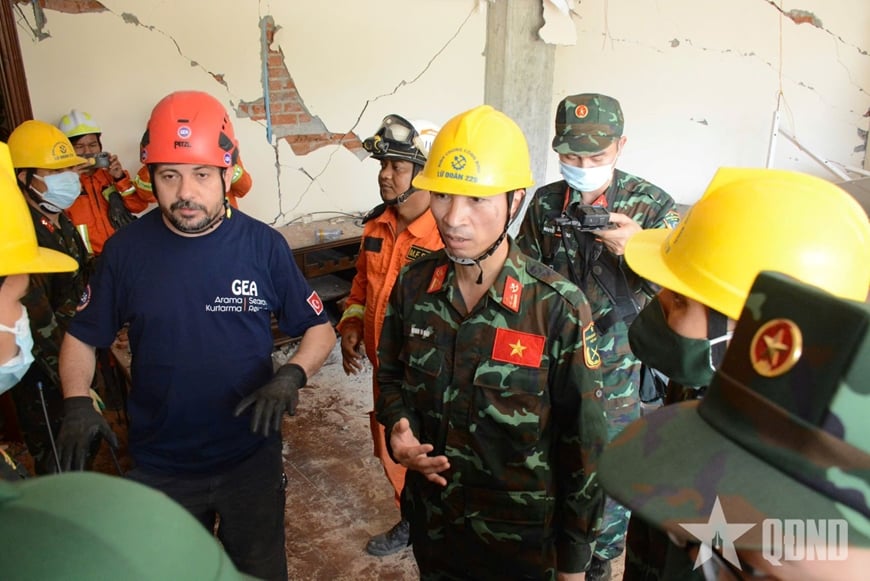
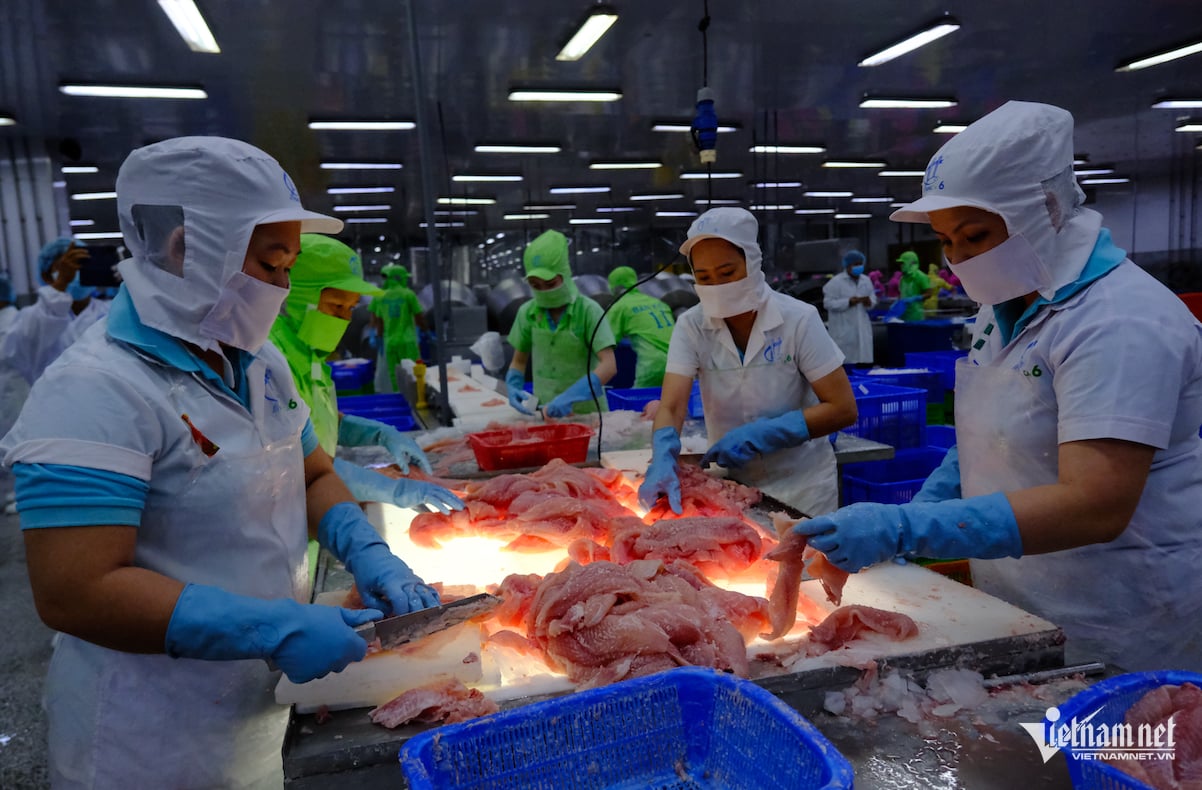

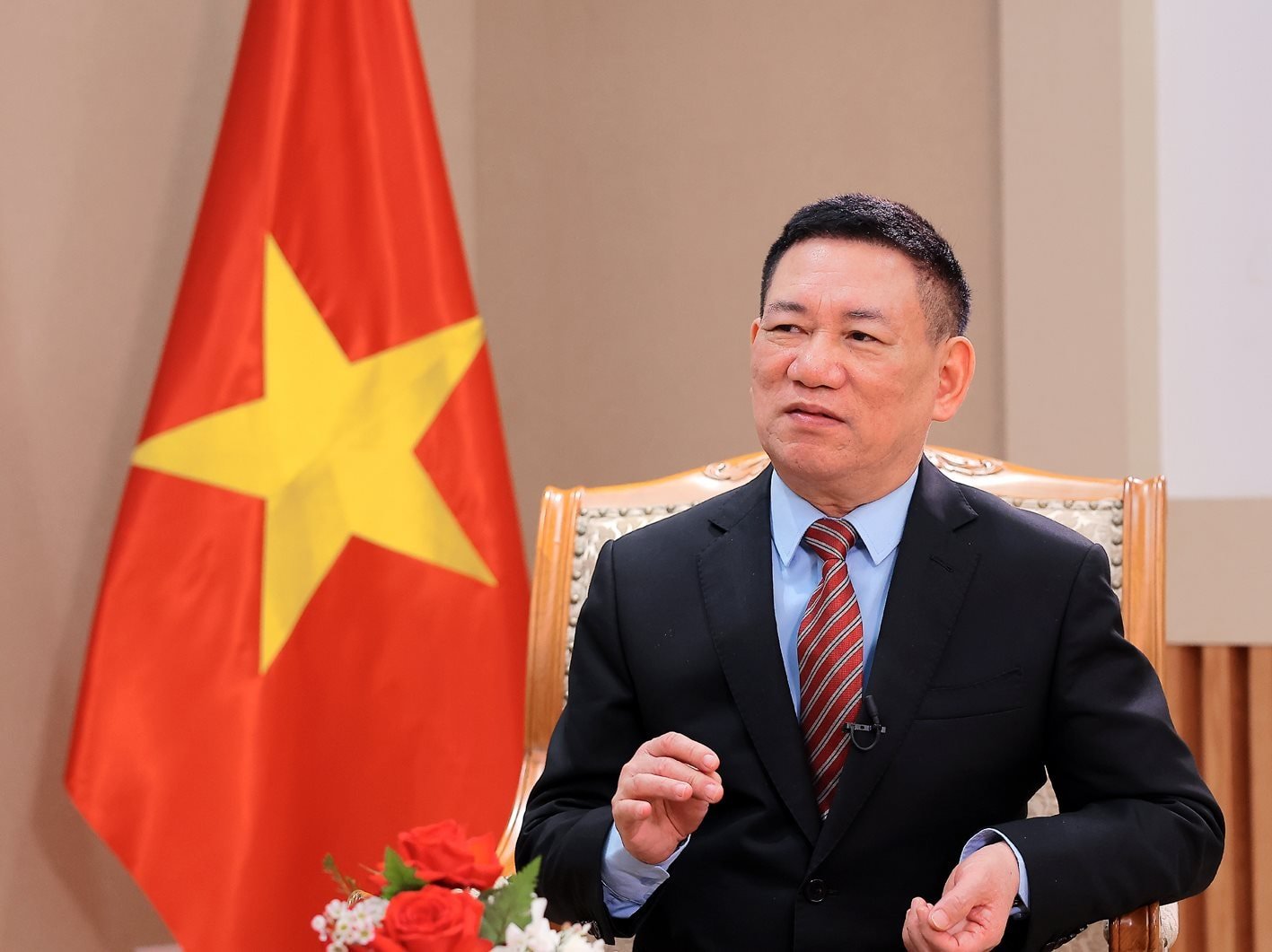

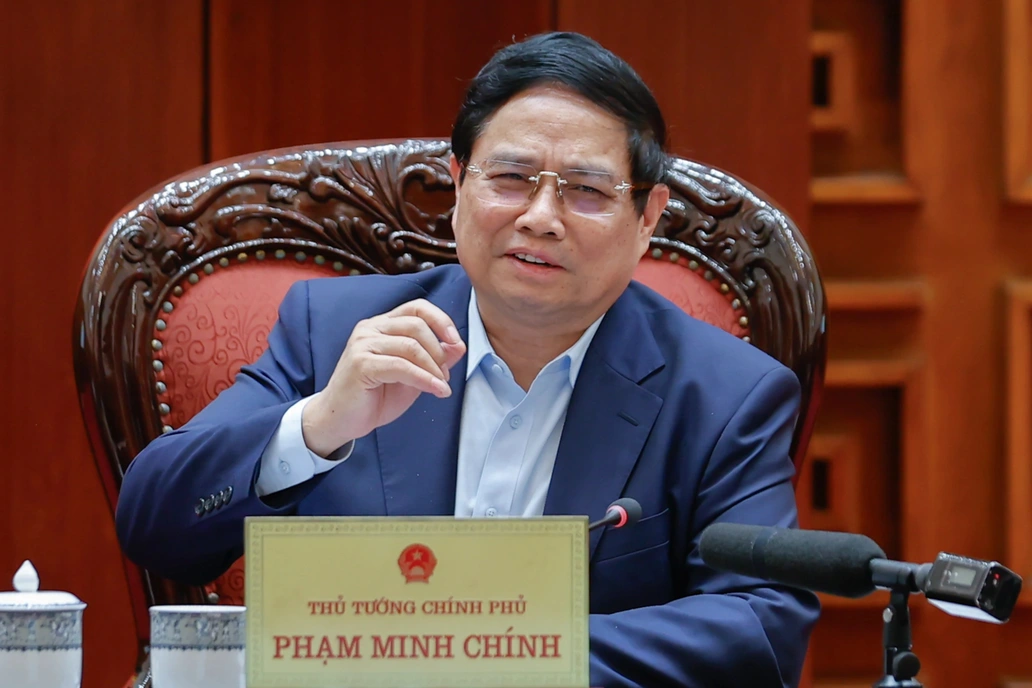
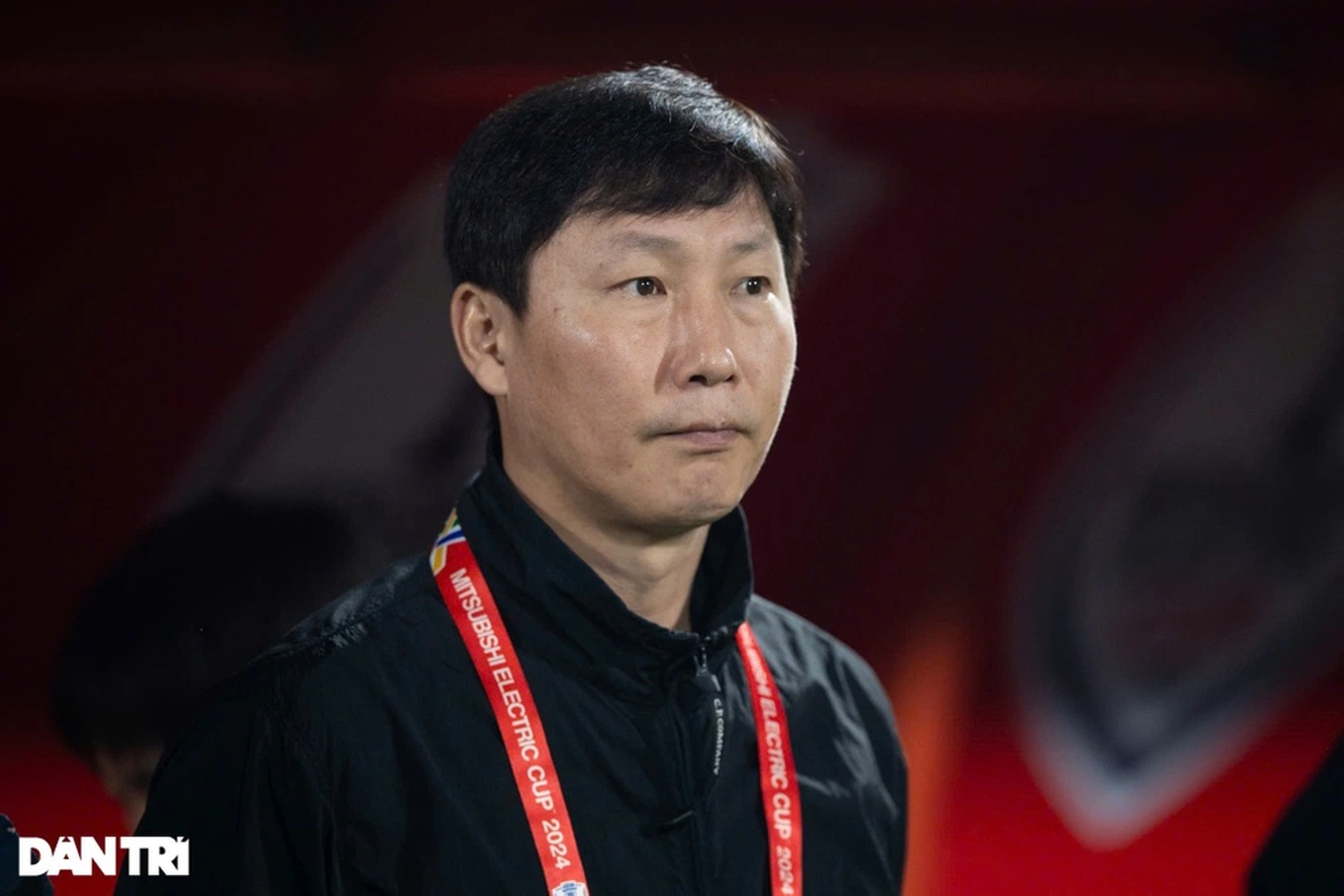


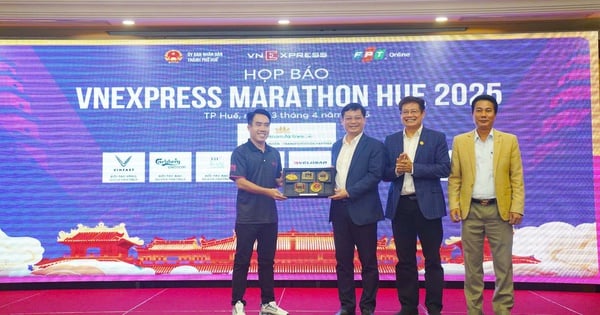
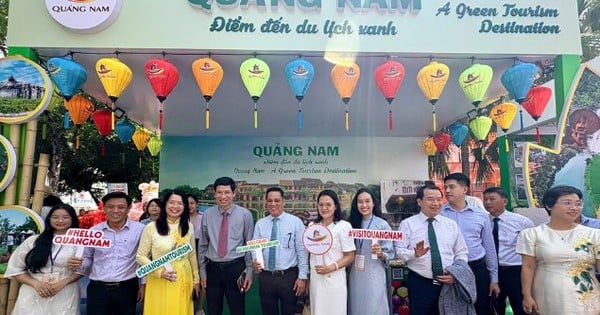


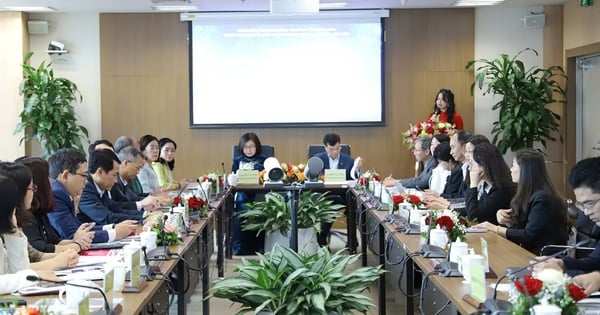
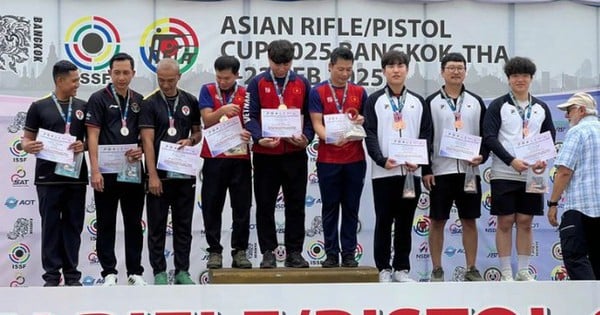

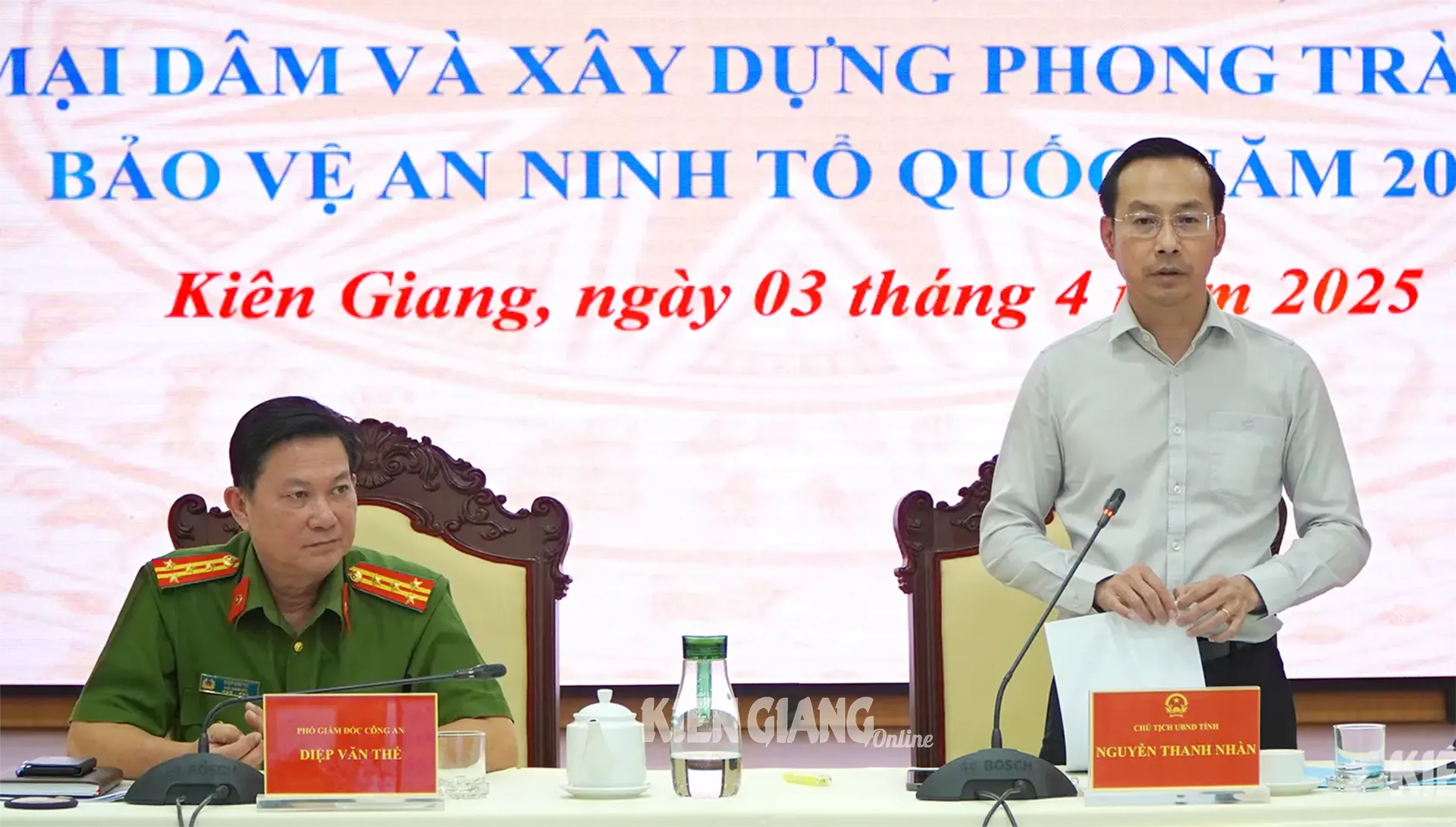
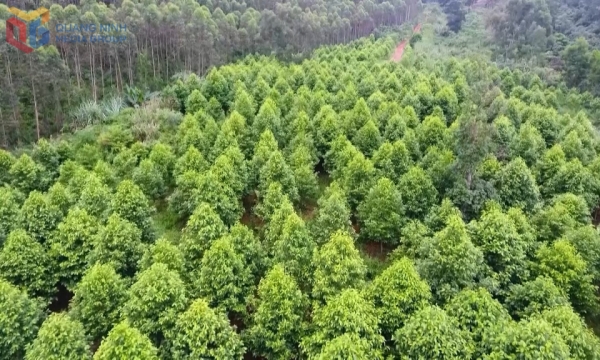
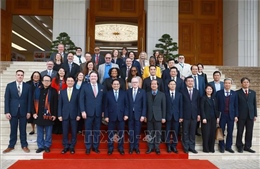
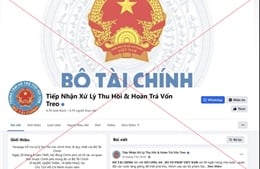
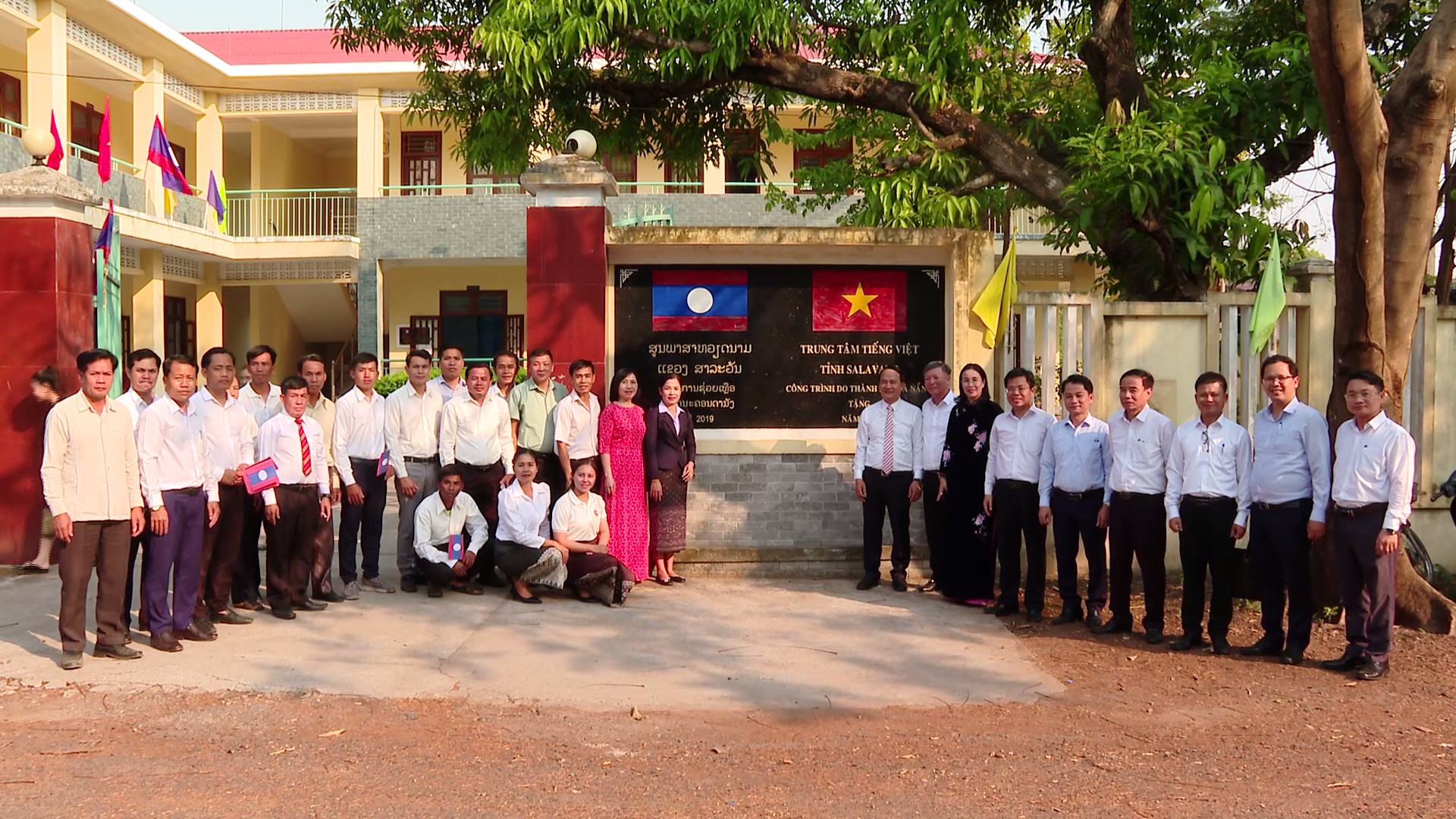











Comment (0)